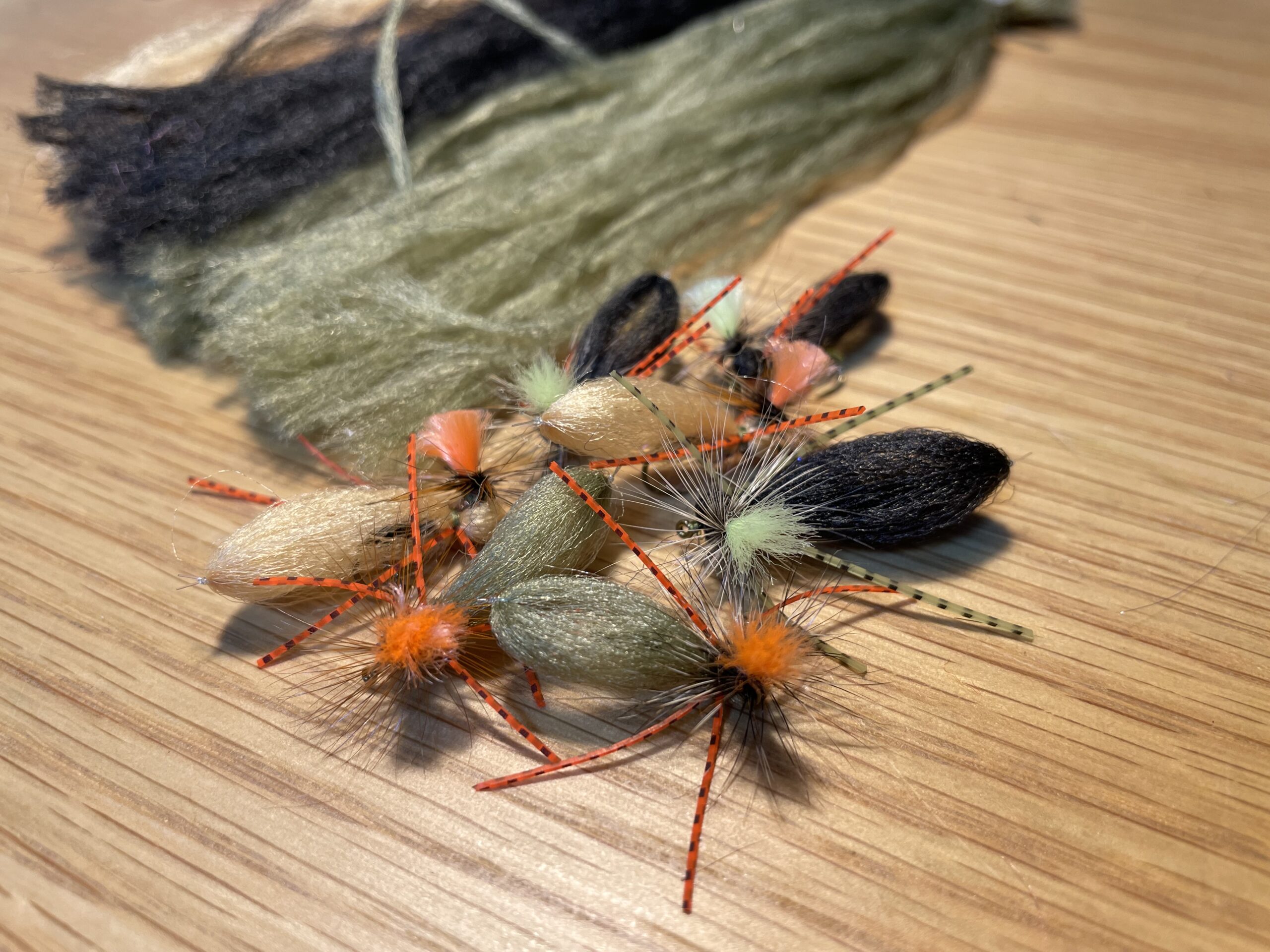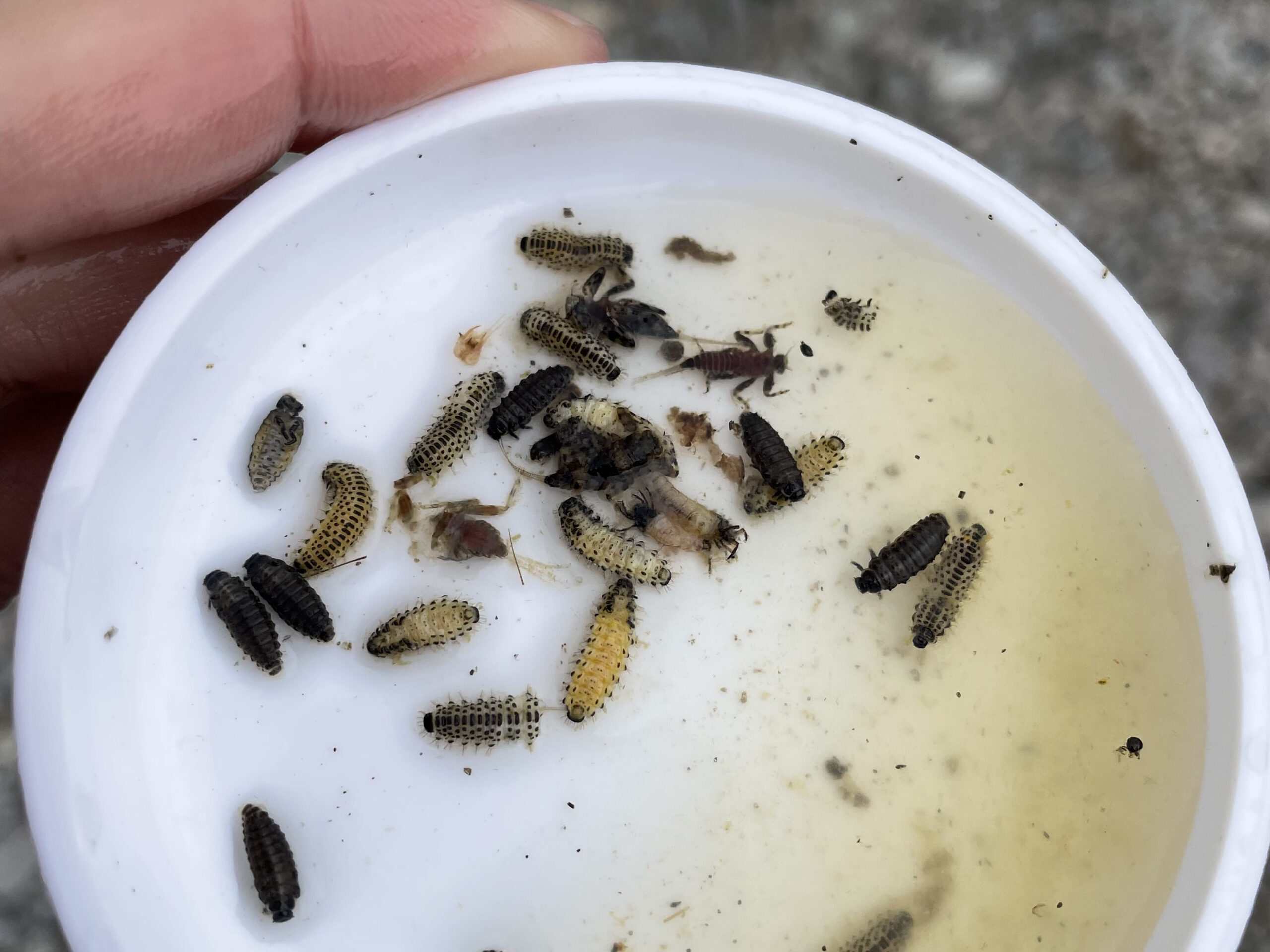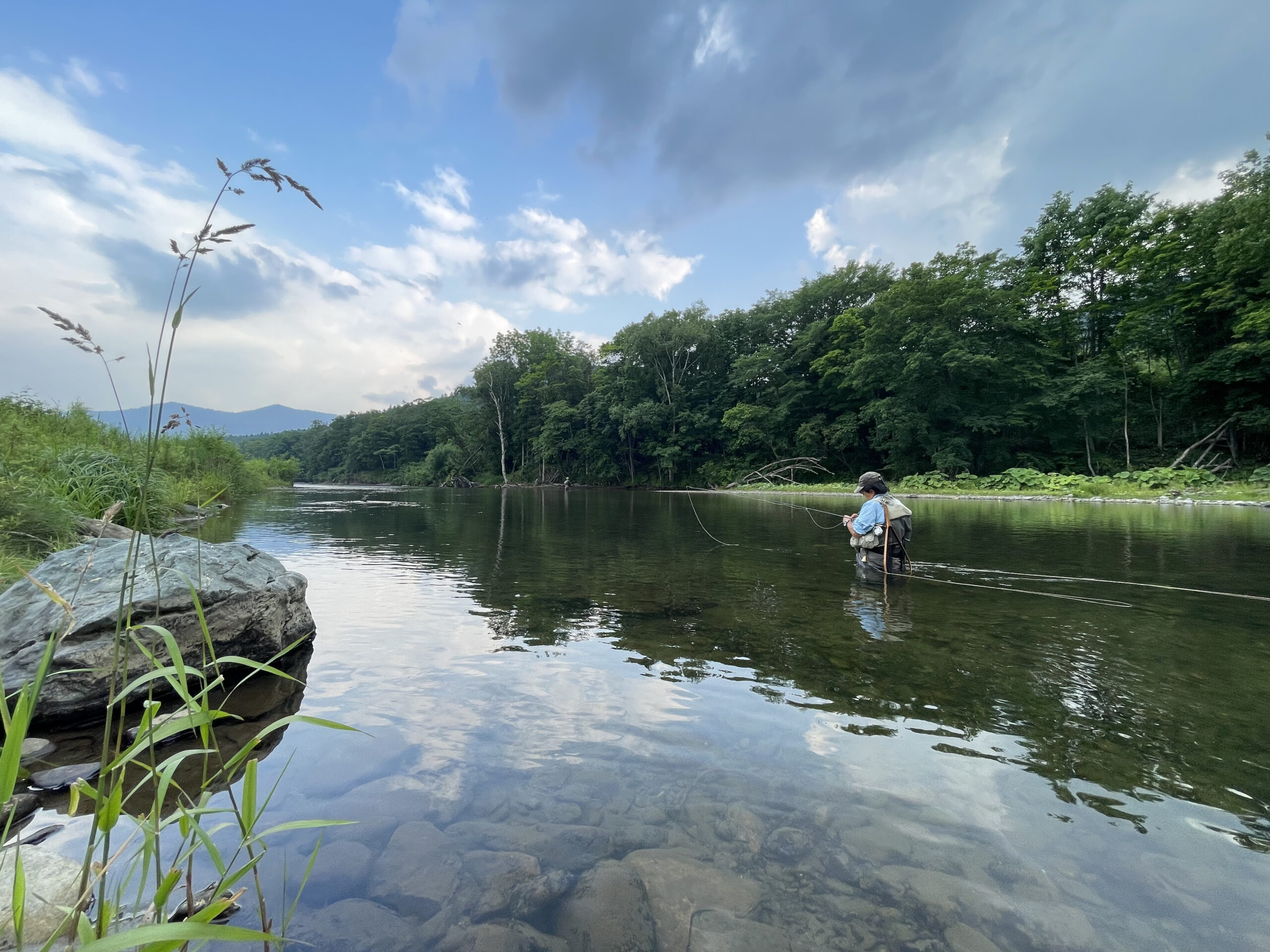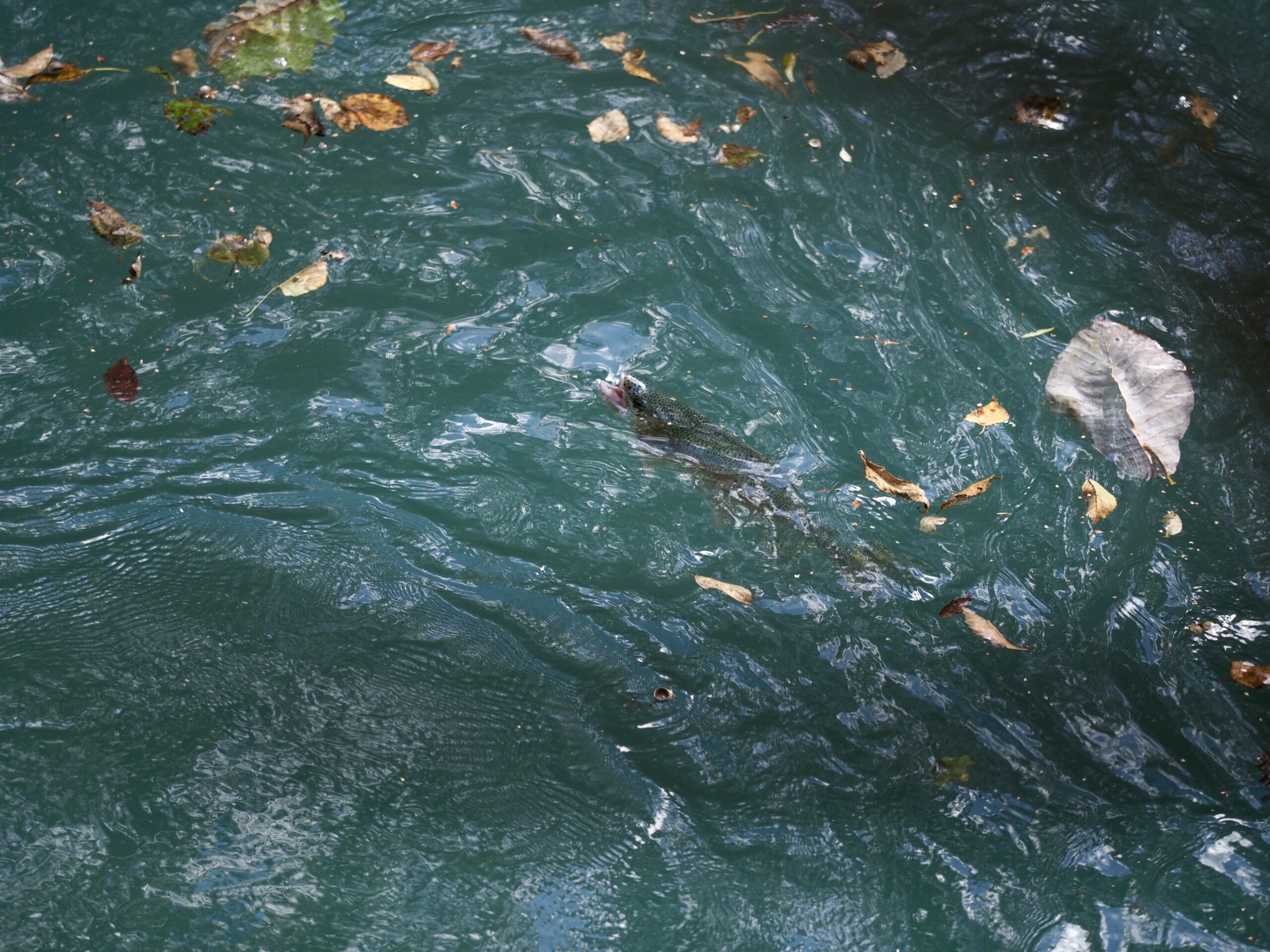FLY FISHING GUIDES
A place that is too precious to simply pass by, Minami-Furano. Surrounded by the three mountain ranges of the Daisetsu, Yubari, and Hidaka, the abundant water flowing from the mountains has nurtured rich forests. While popular fishing spots around Hokkaido are crowded with anglers, this area, with its diverse landscapes from plains to mountainous regions, is home to beautiful trout and is actually a hidden gem that is surprisingly little known. Located about 1.5 hours by car from major gateways such as New Chitose Airport, Asahikawa Airport, and Obihiro Airport, it's a convenient place for both arrival and departure, and you can enjoy sightseeing in Hokkaido after your guided tour. Living in this land, Field Scope has observed and cared for the trout and wildlife of this area like no one else. We will guide you to the best fields, tailored to each season.
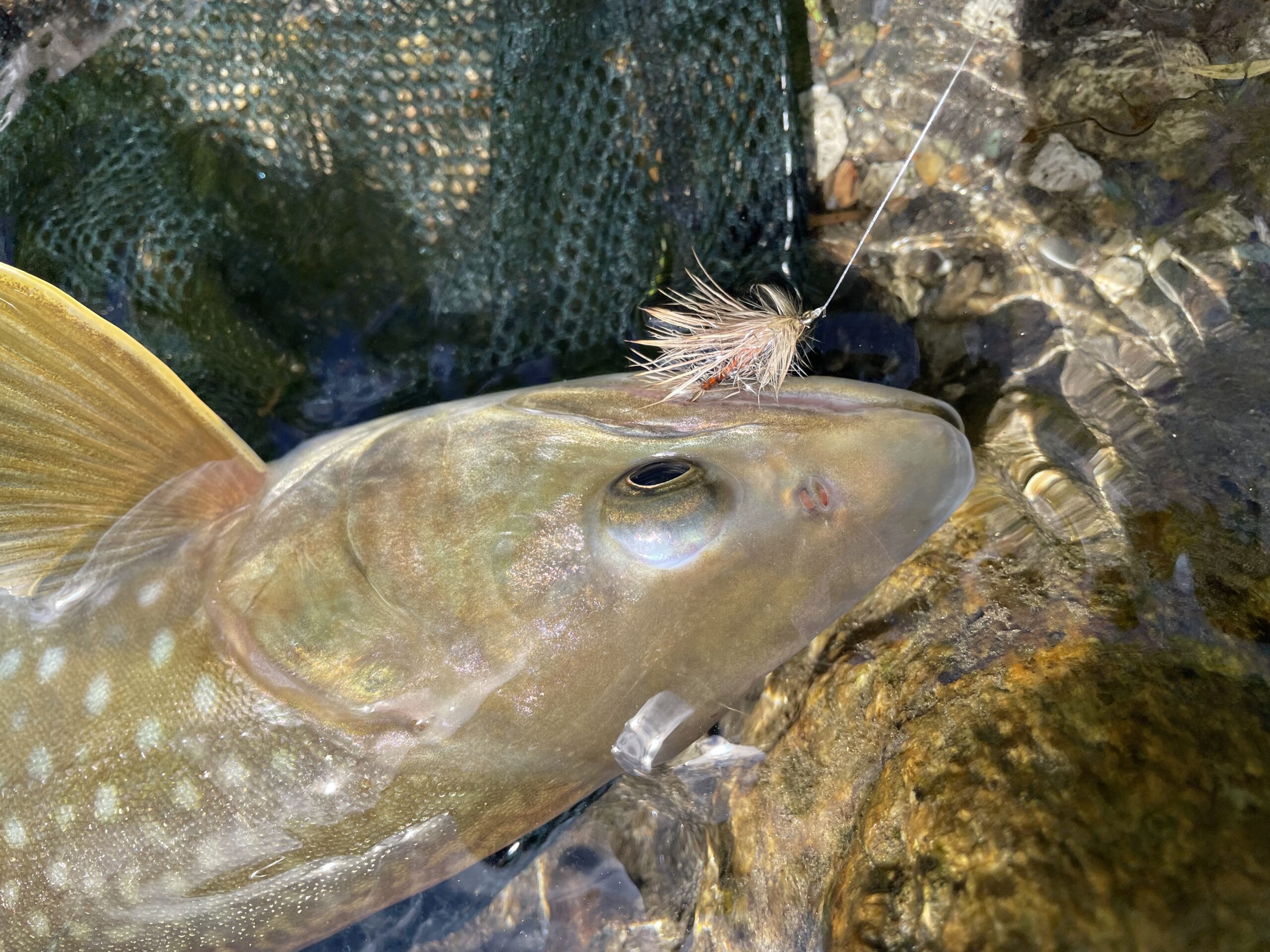
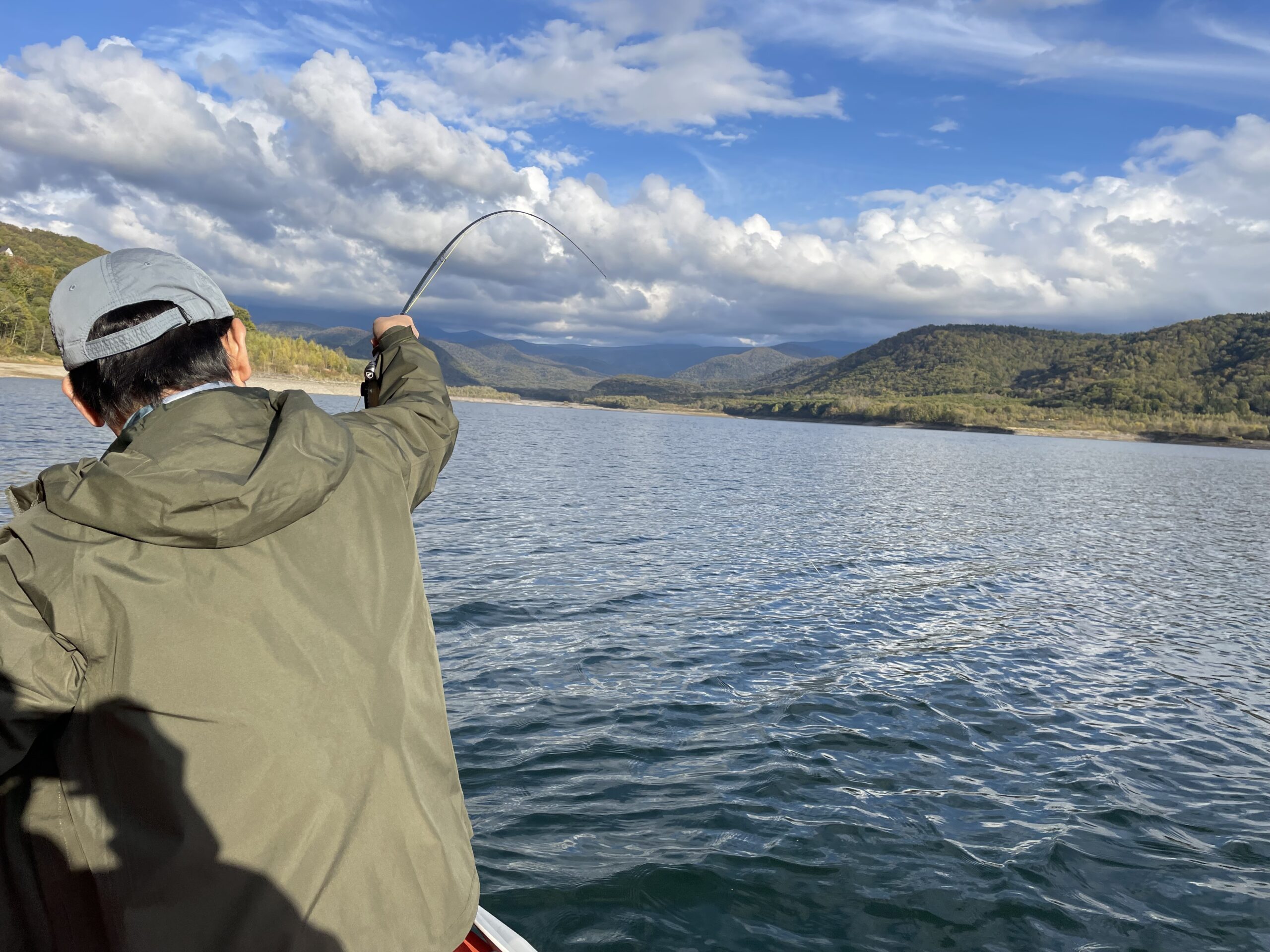
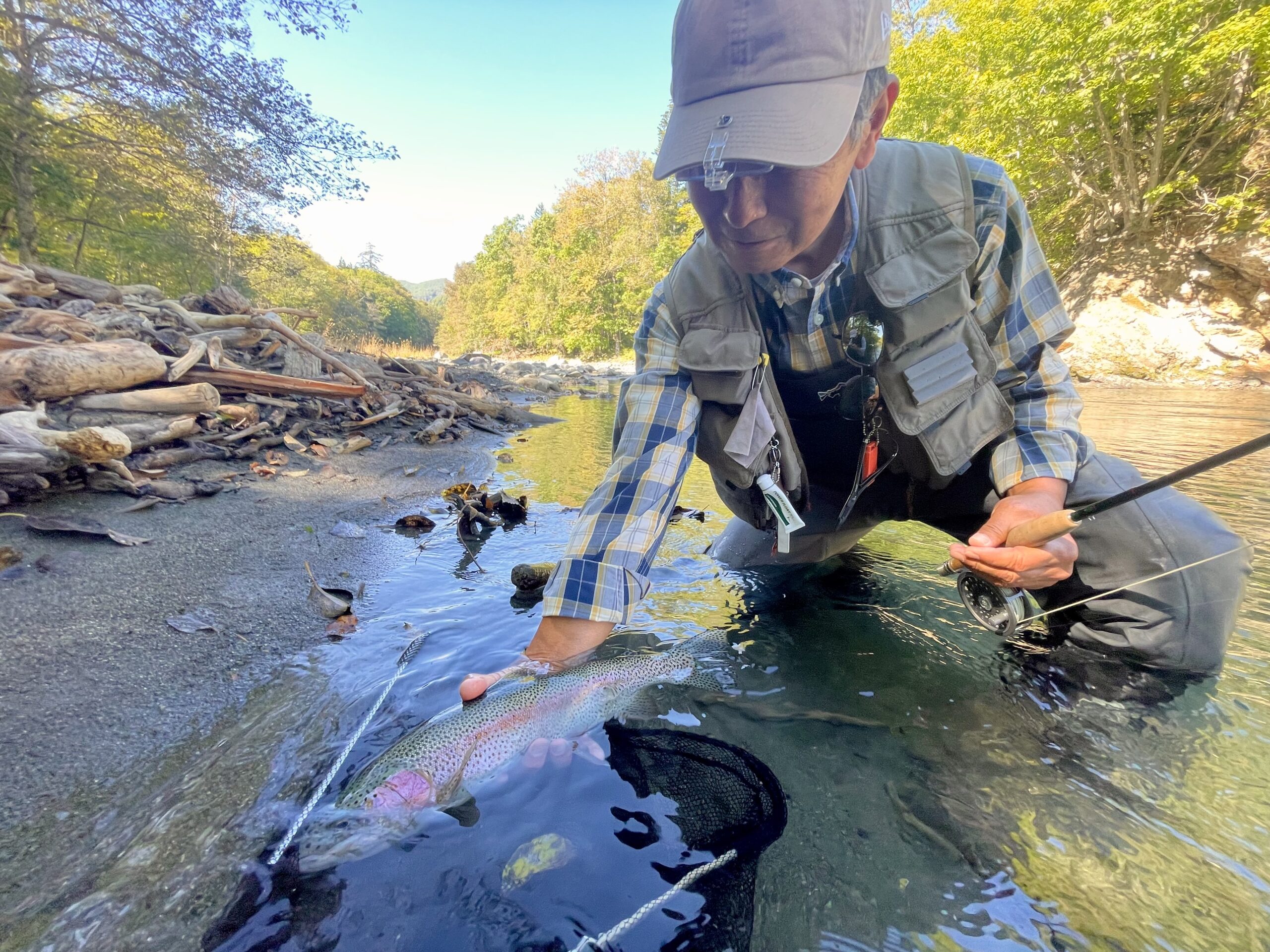
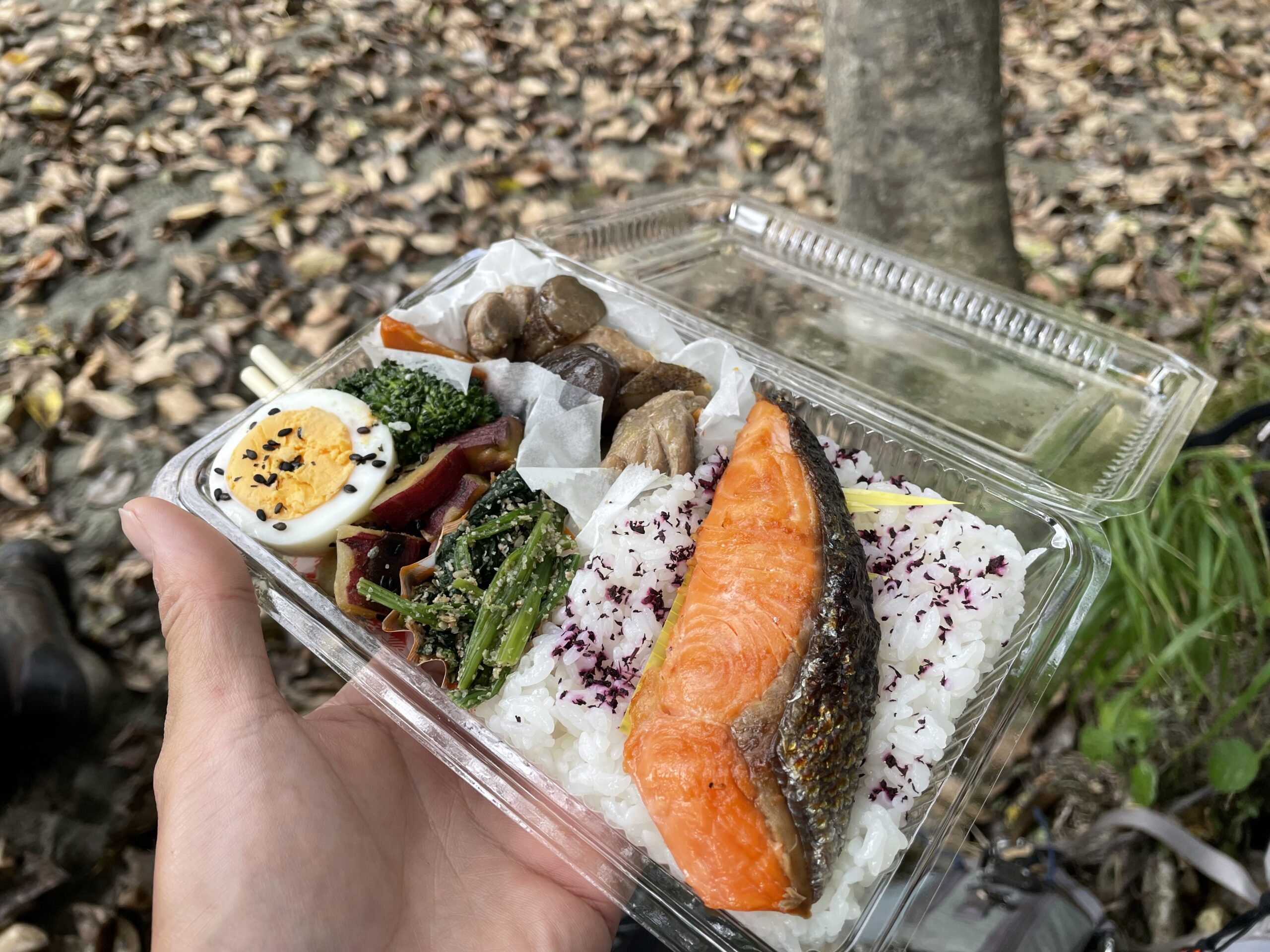
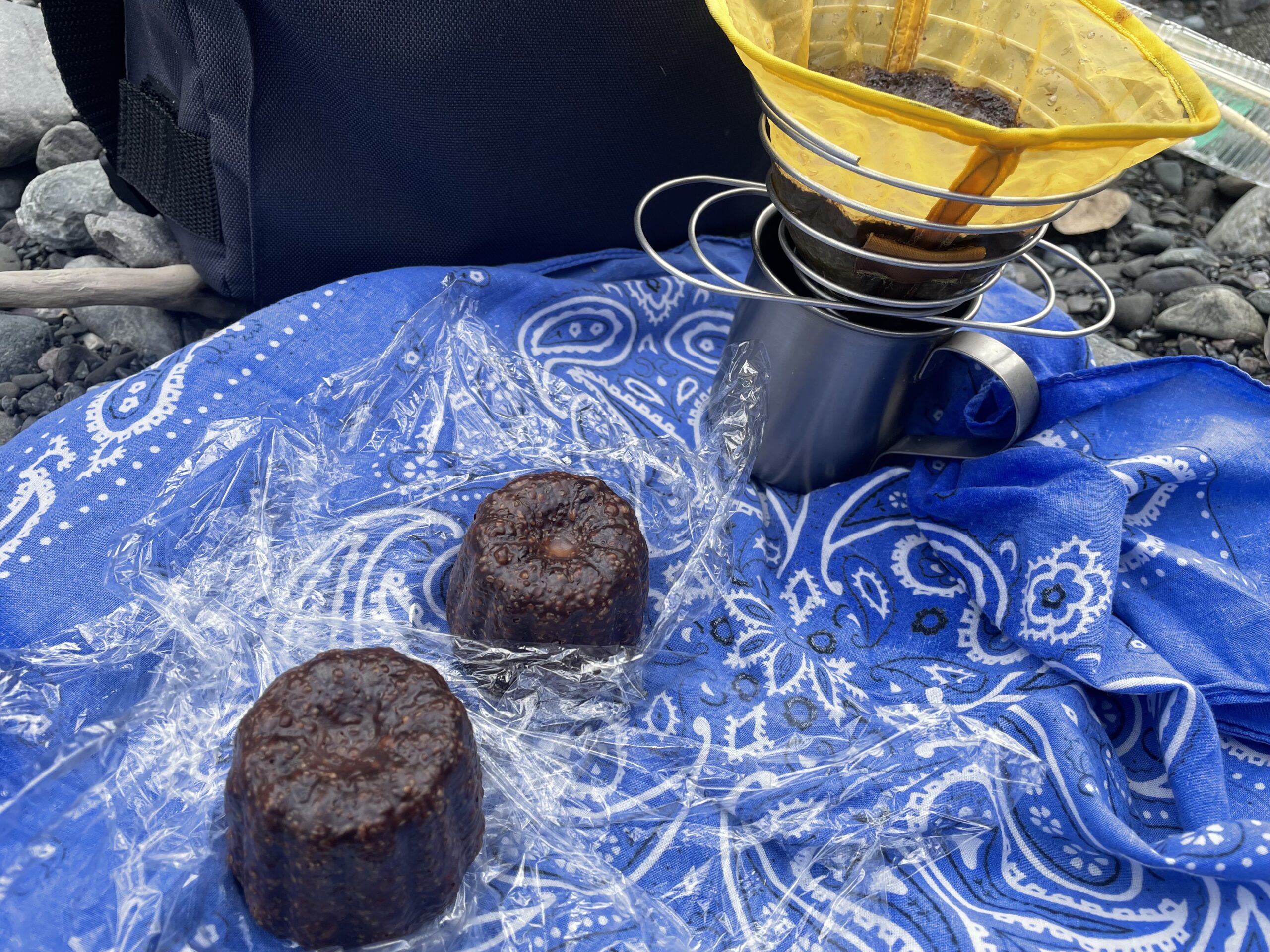
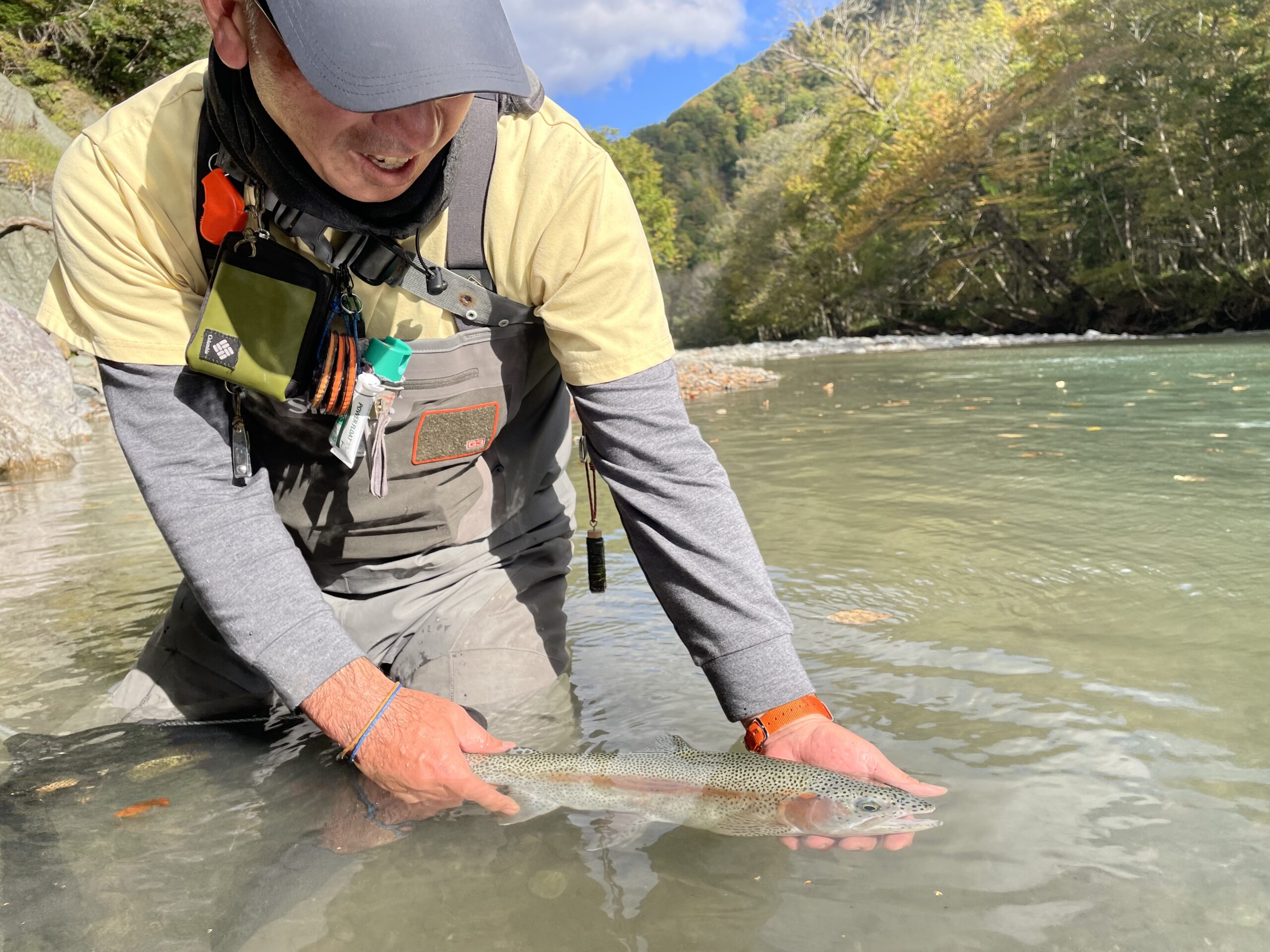
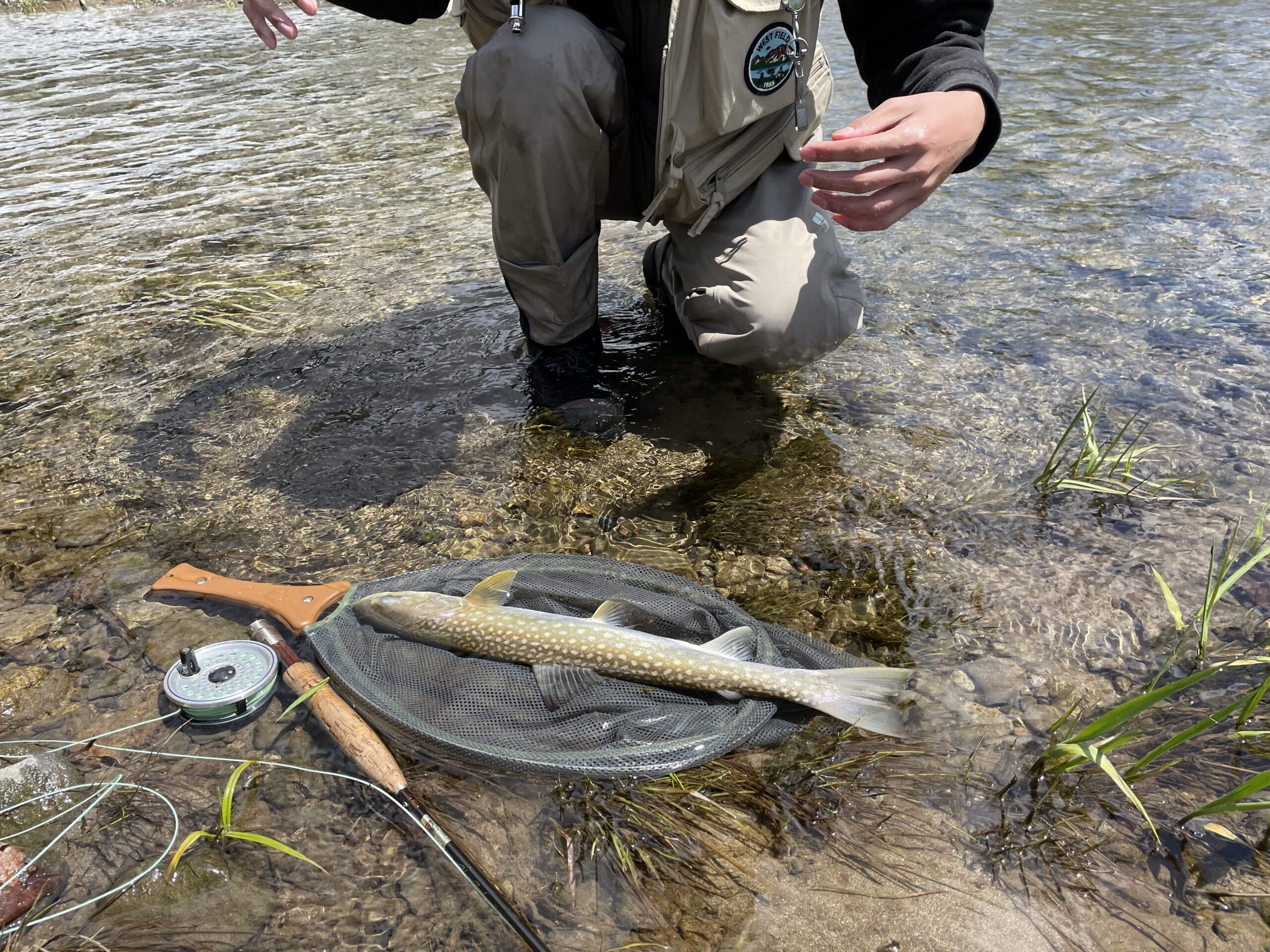
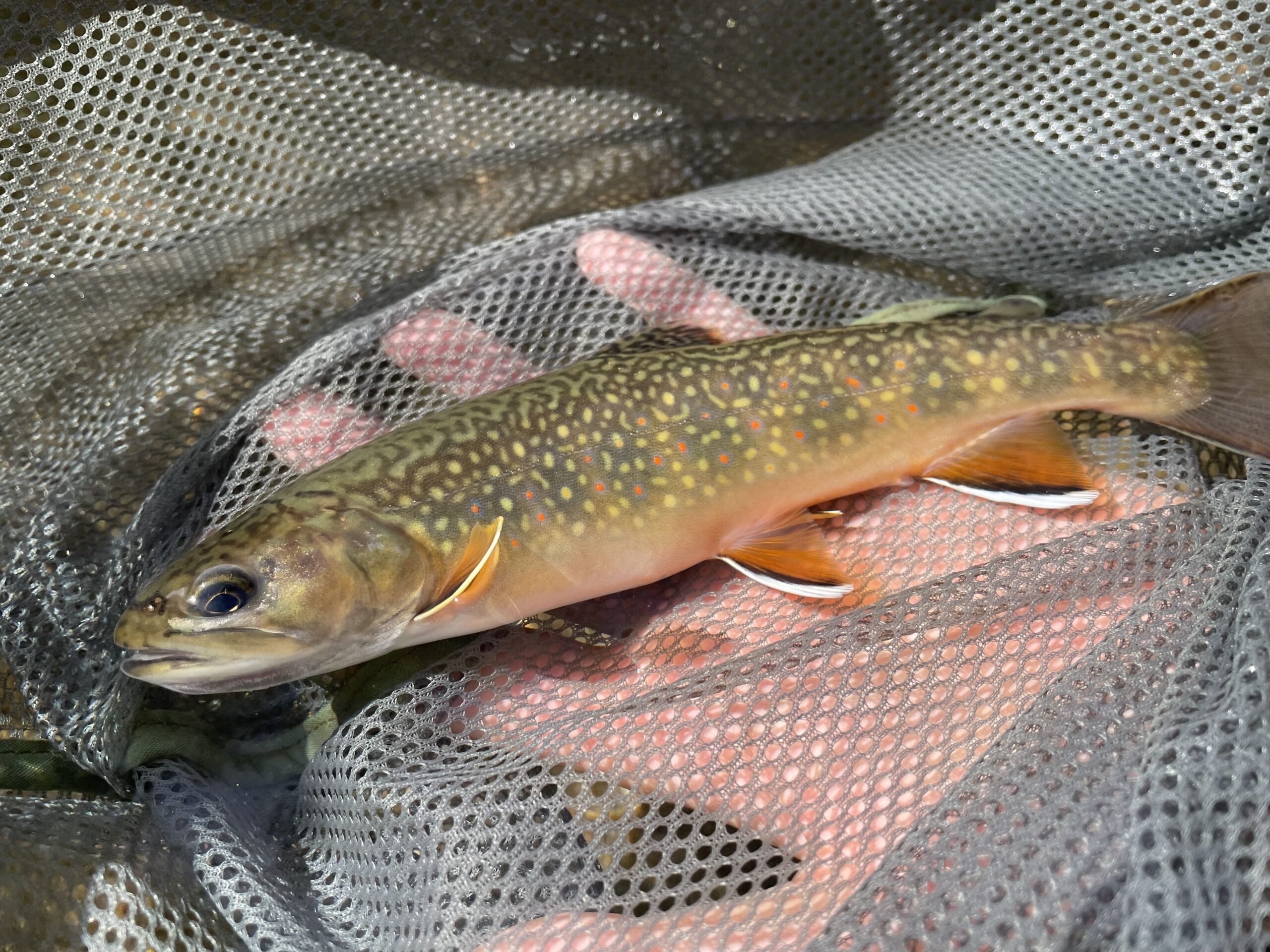
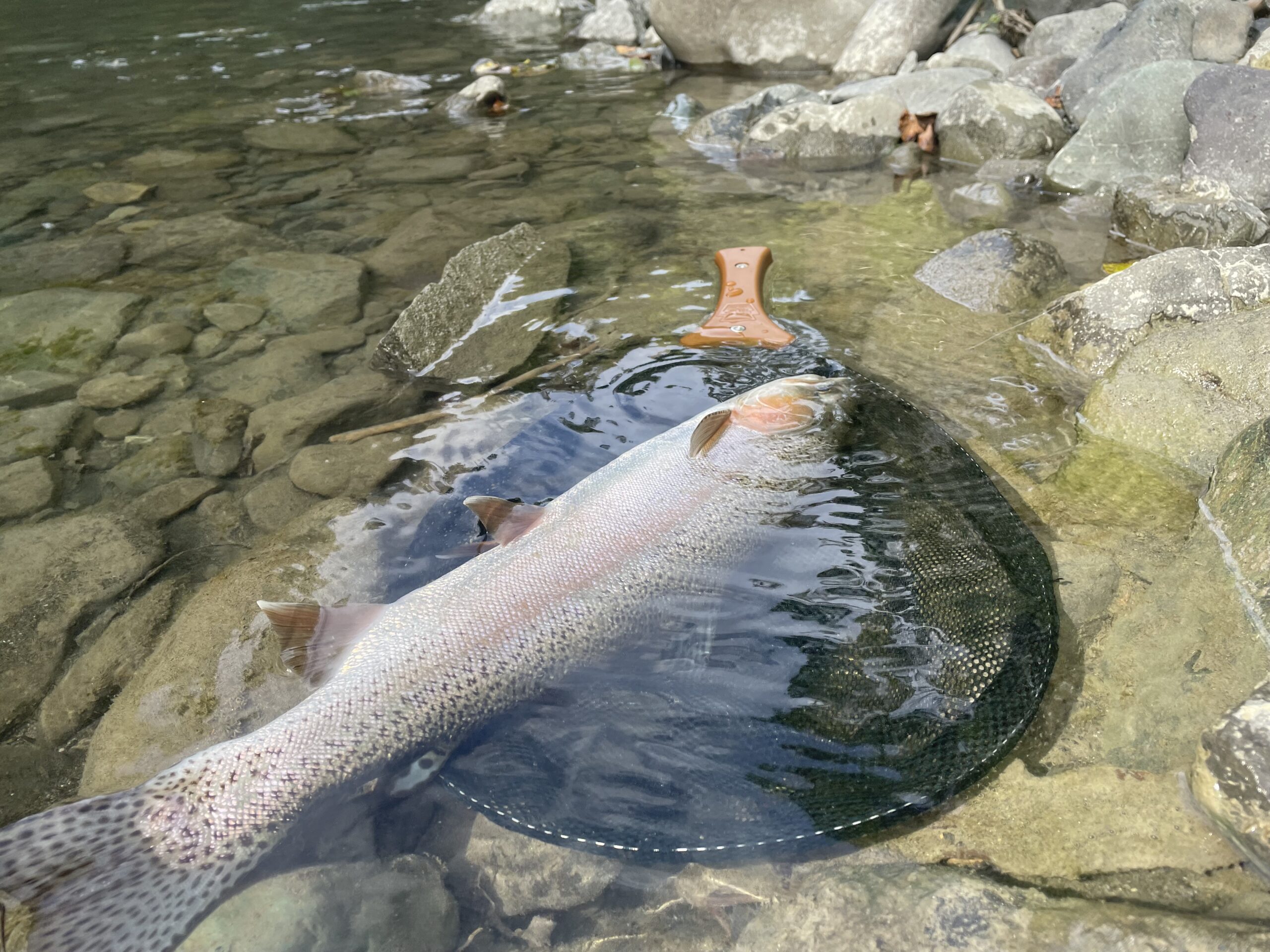
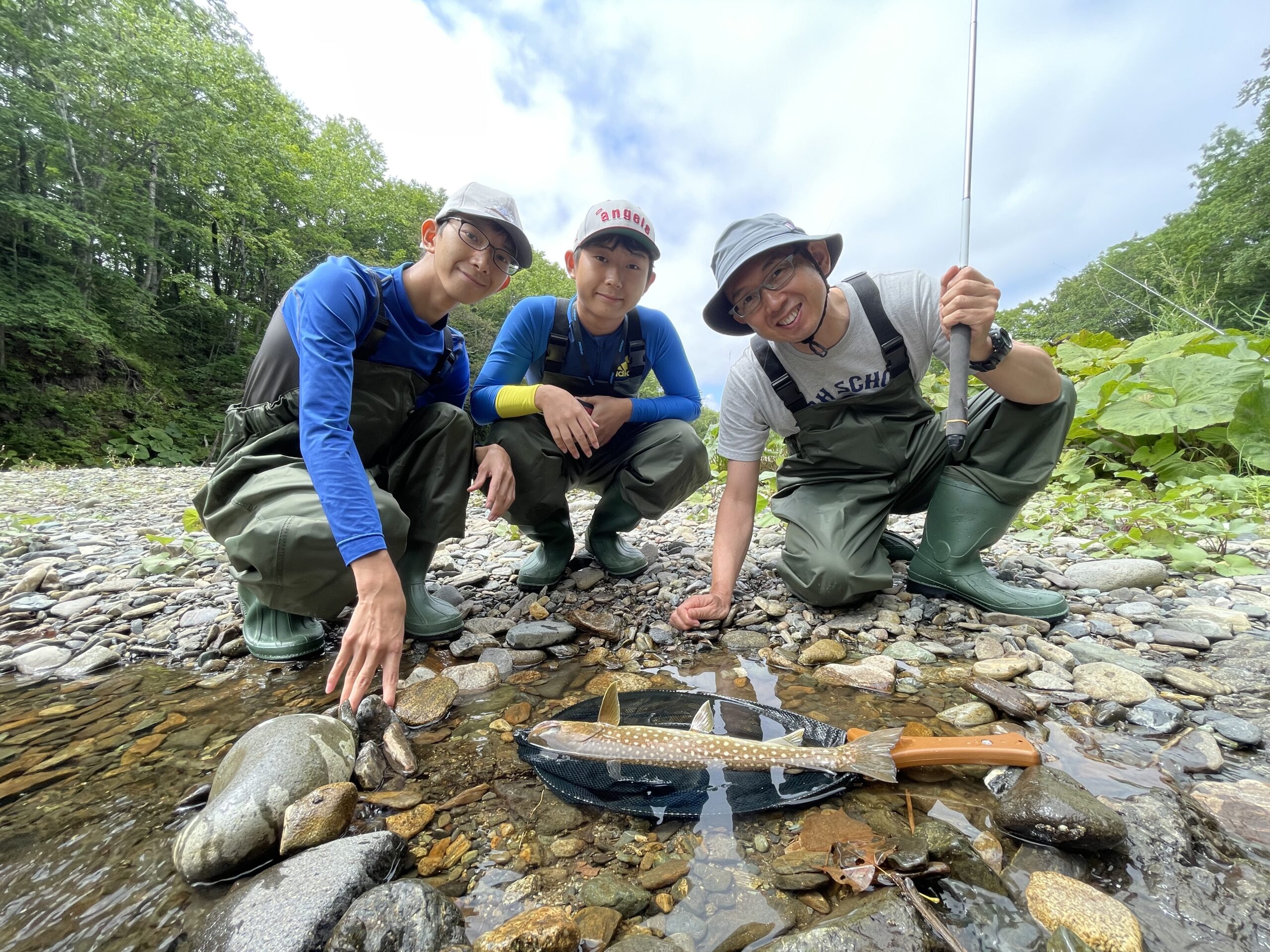
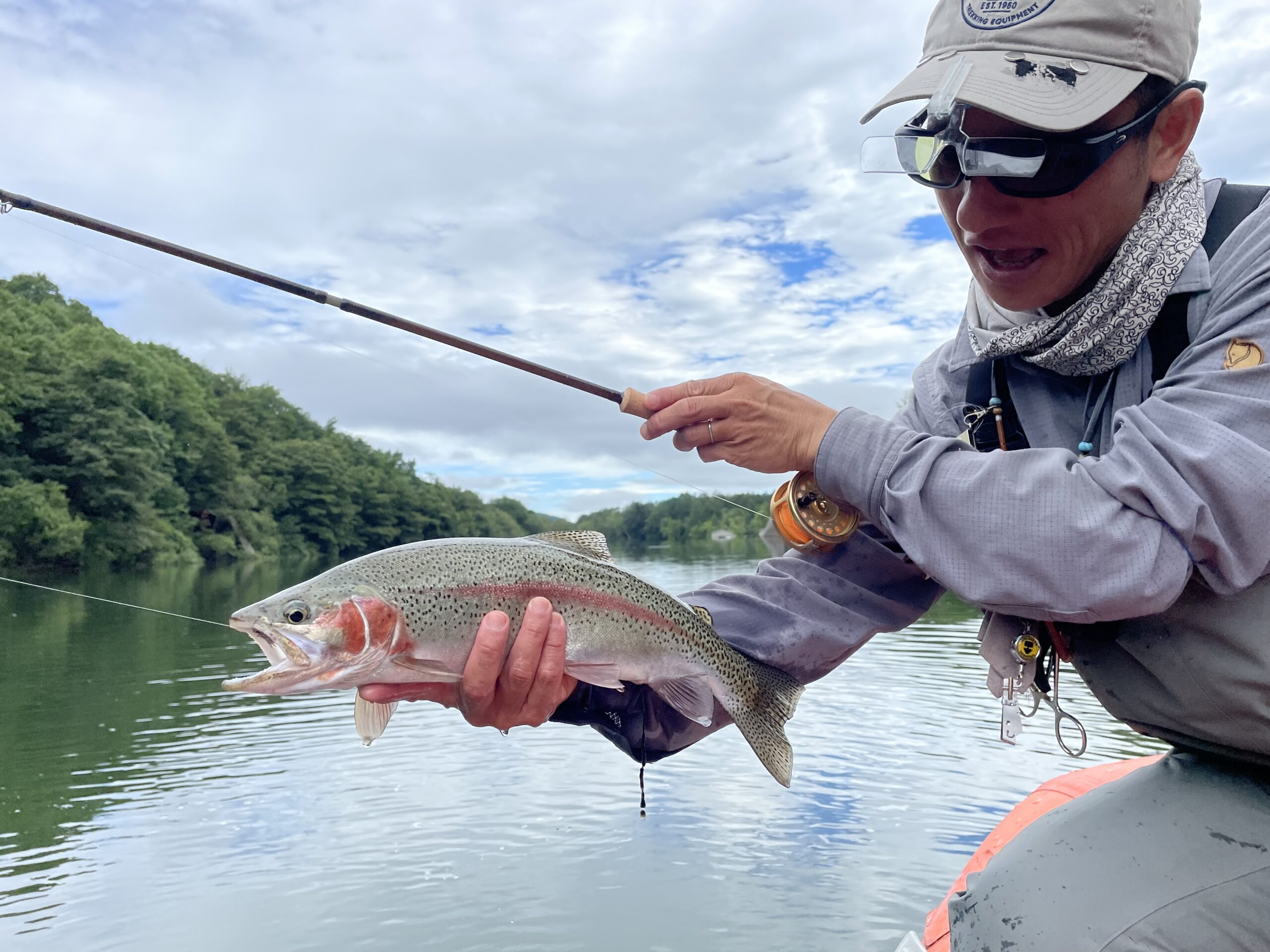
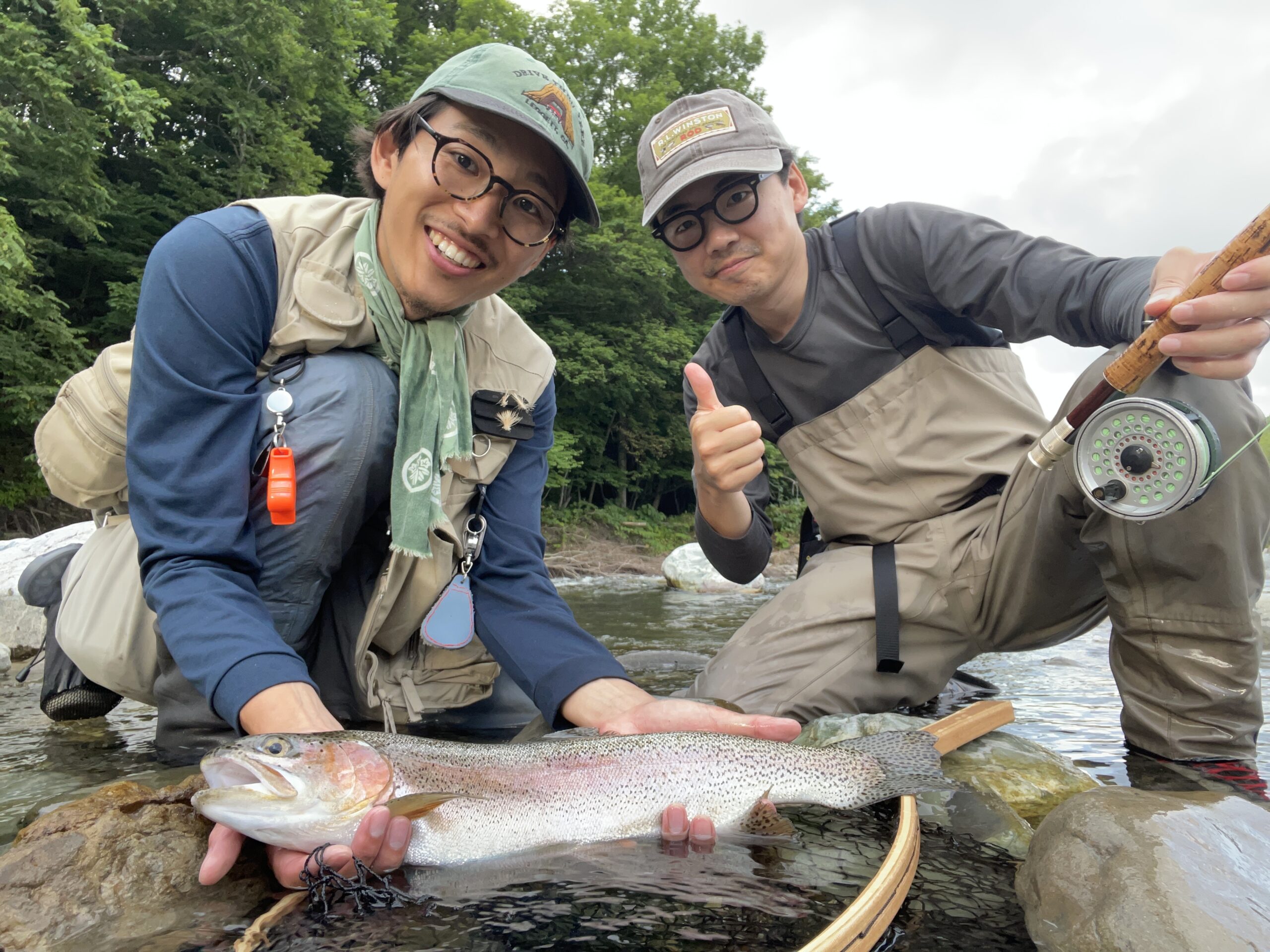
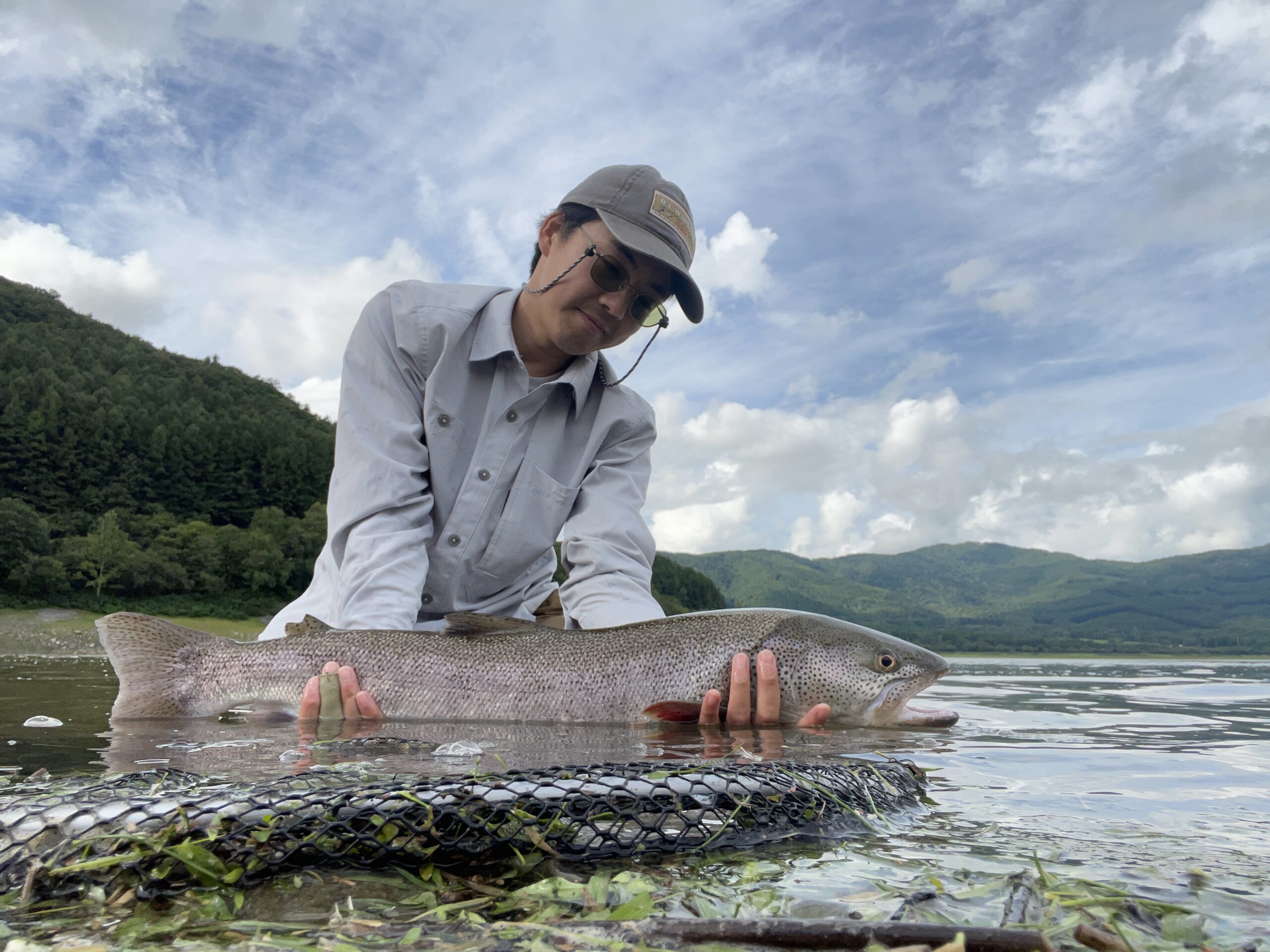
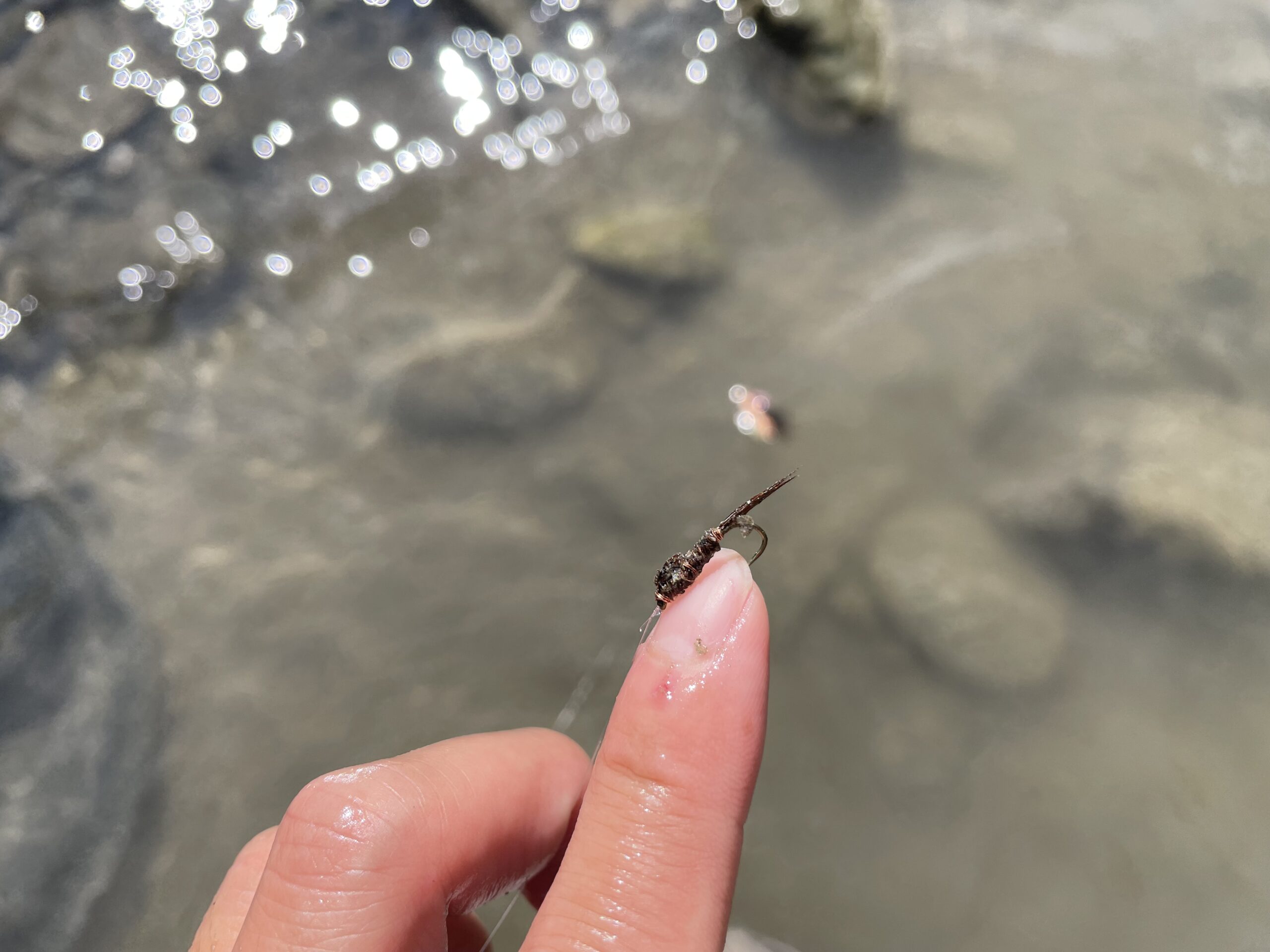
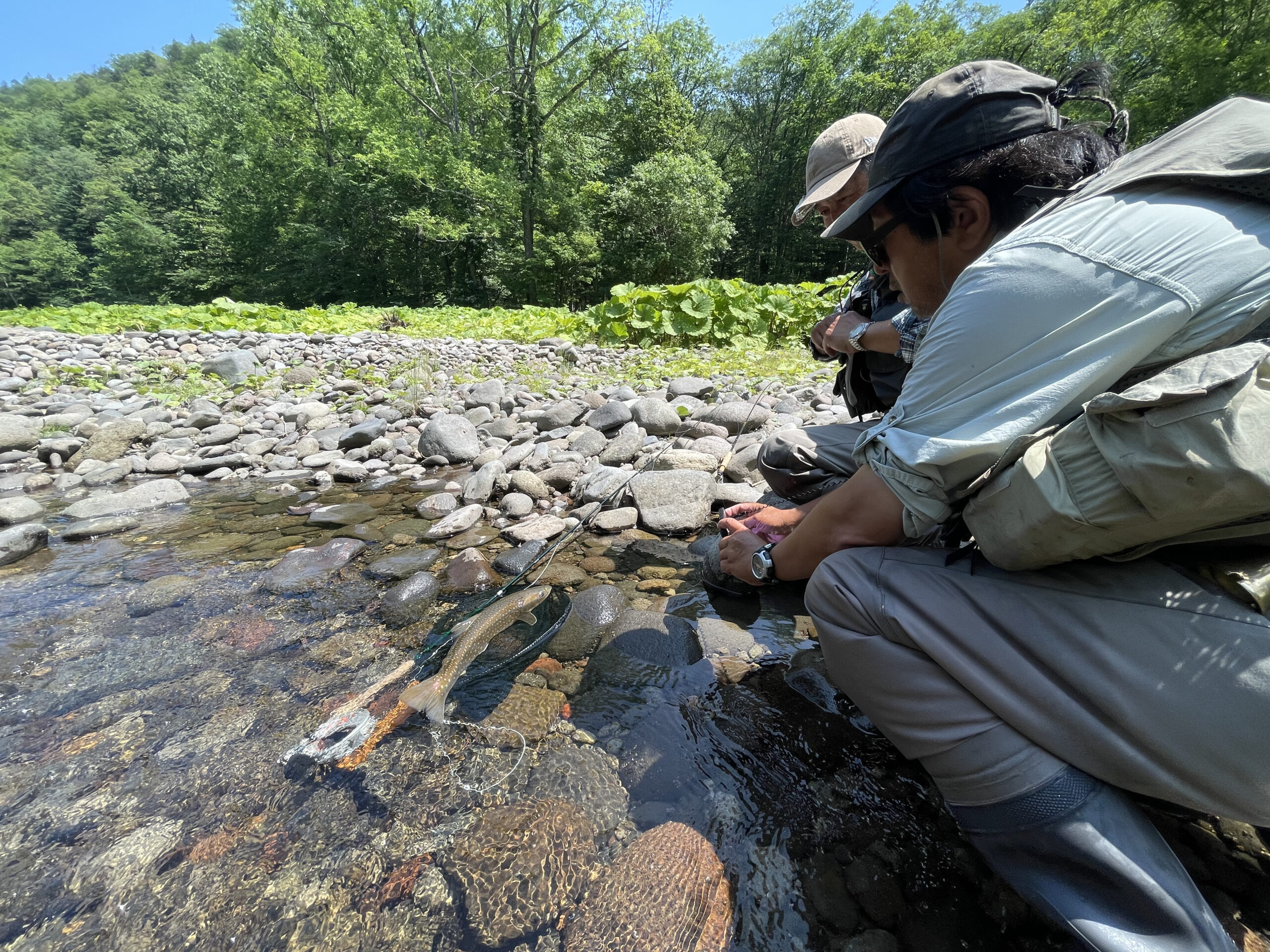
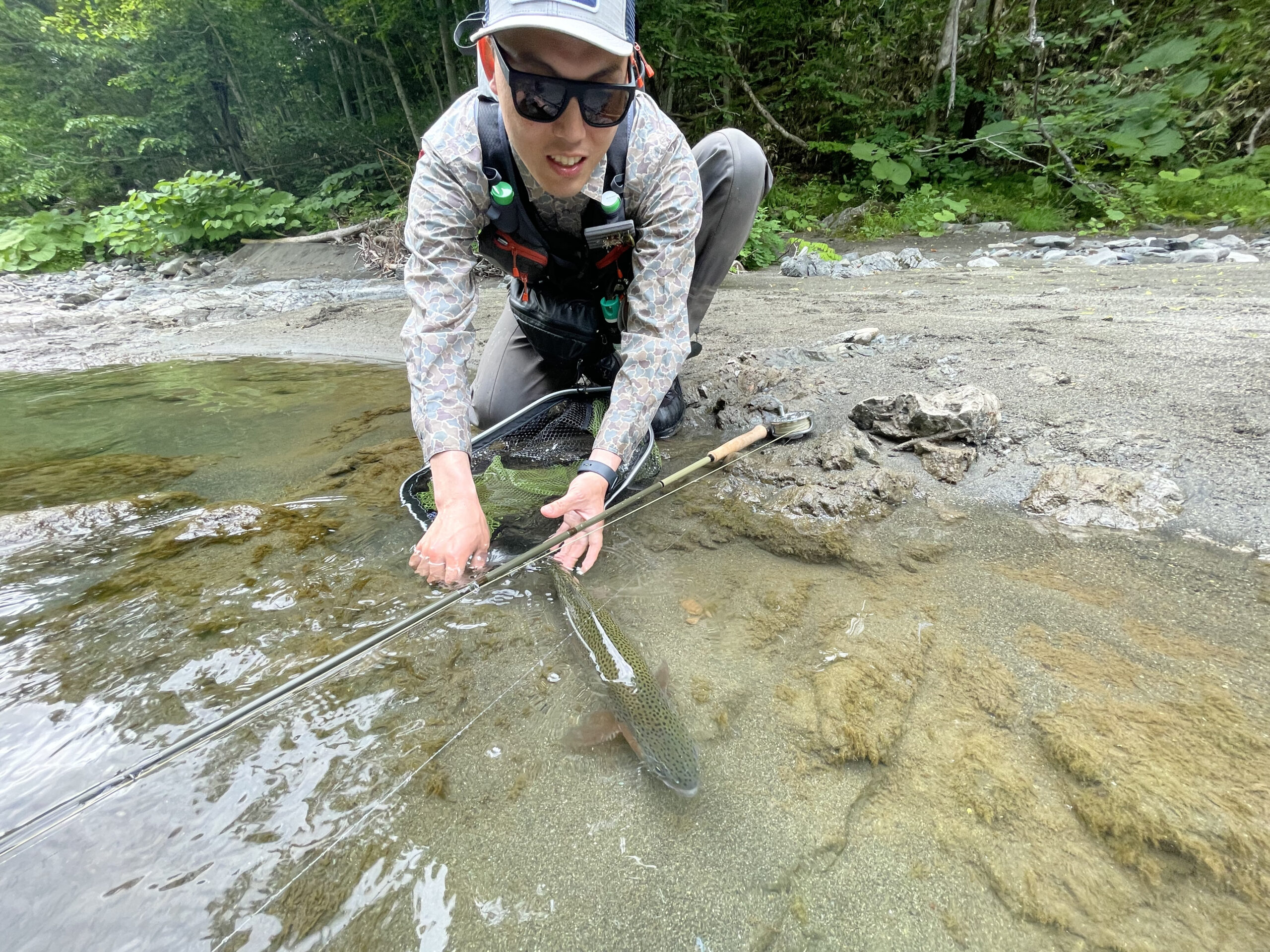
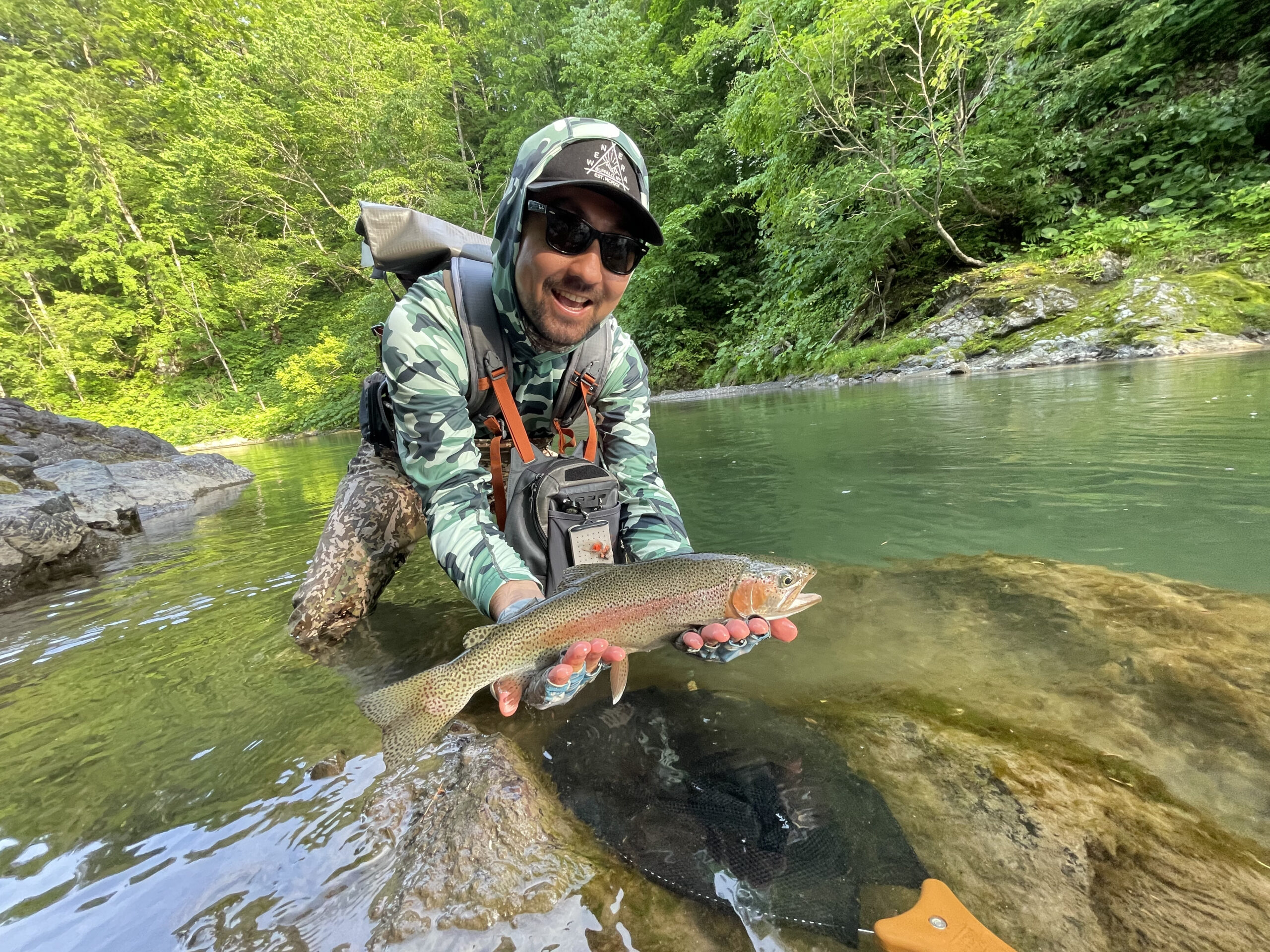
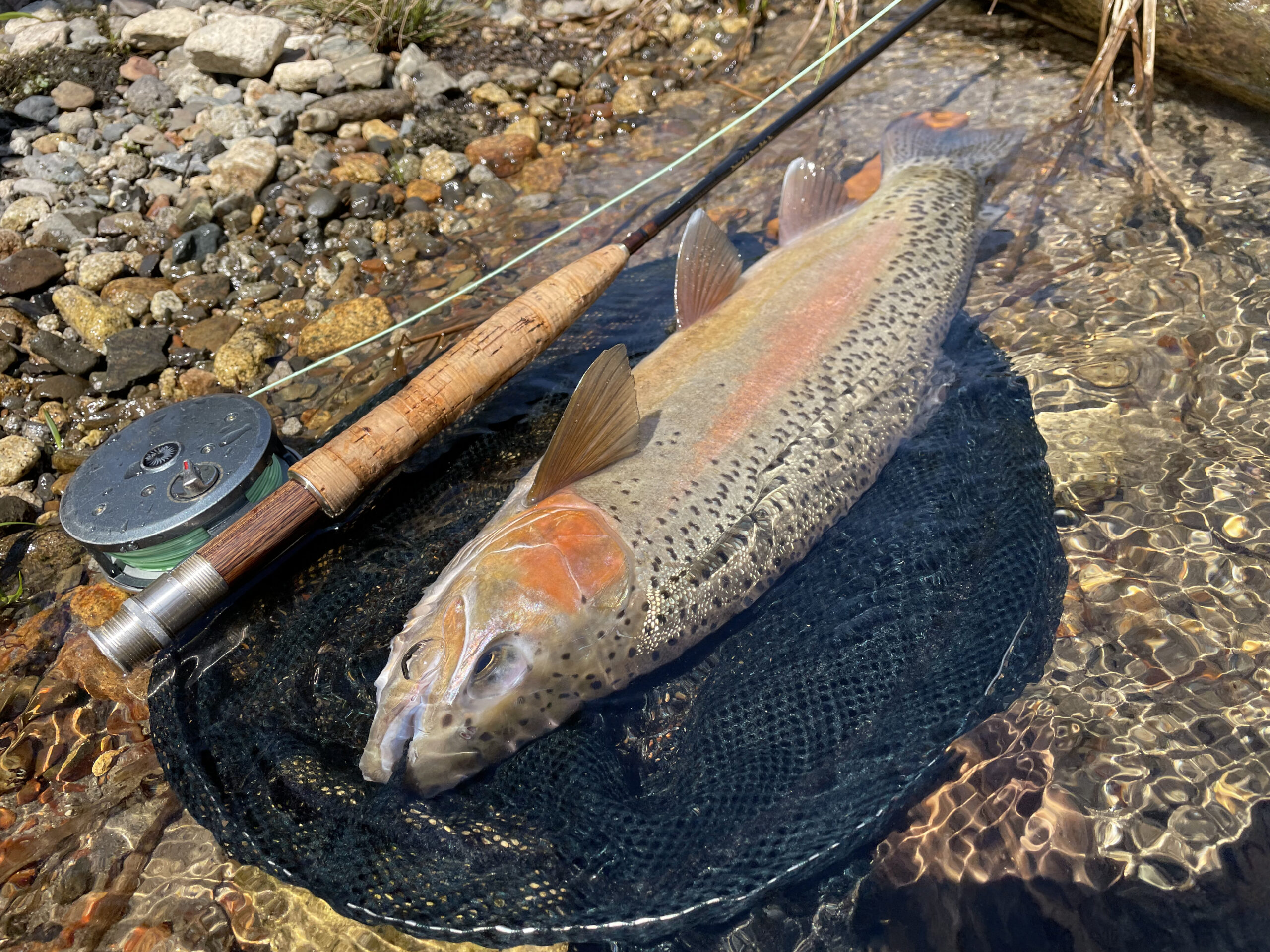
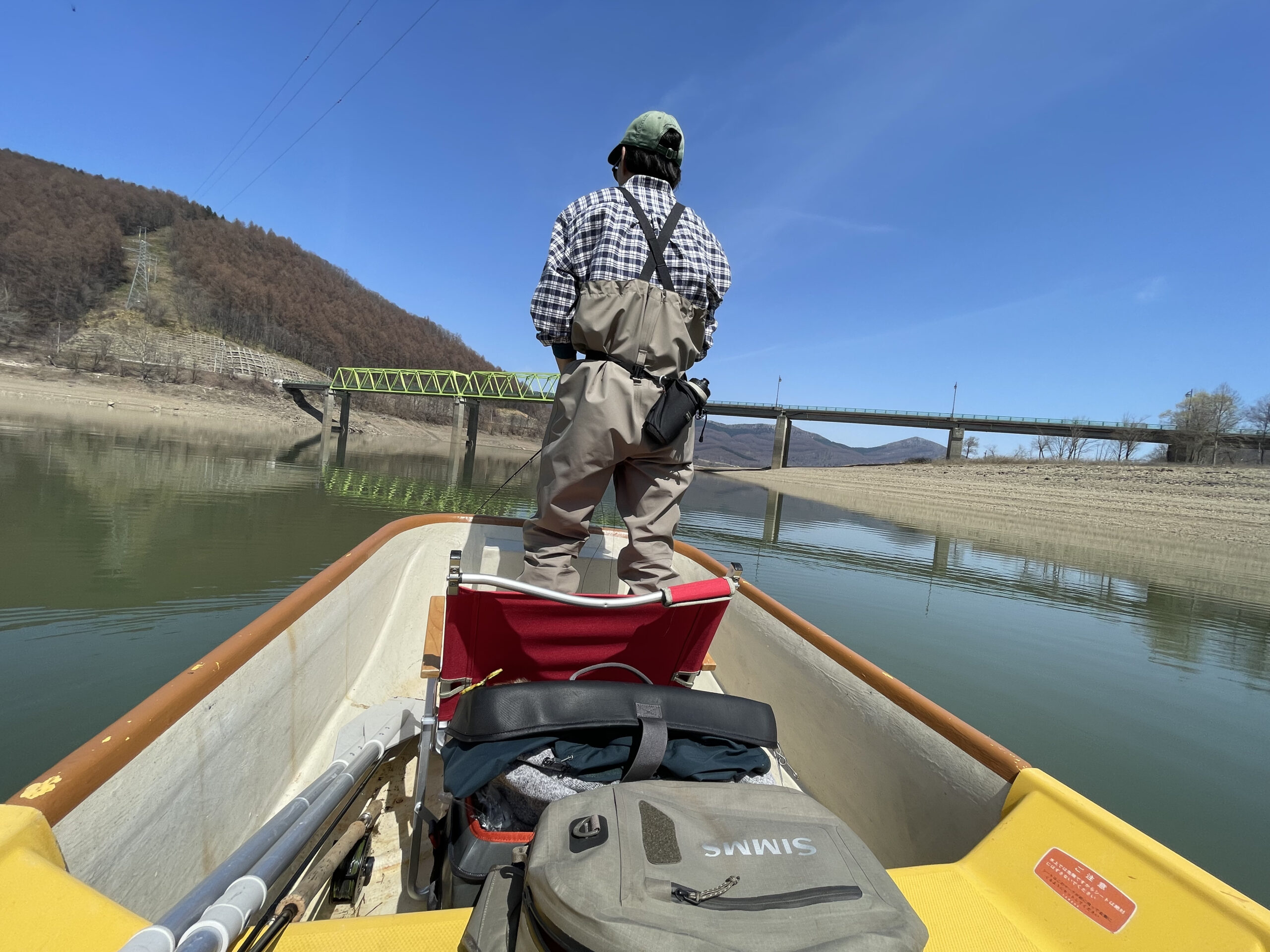
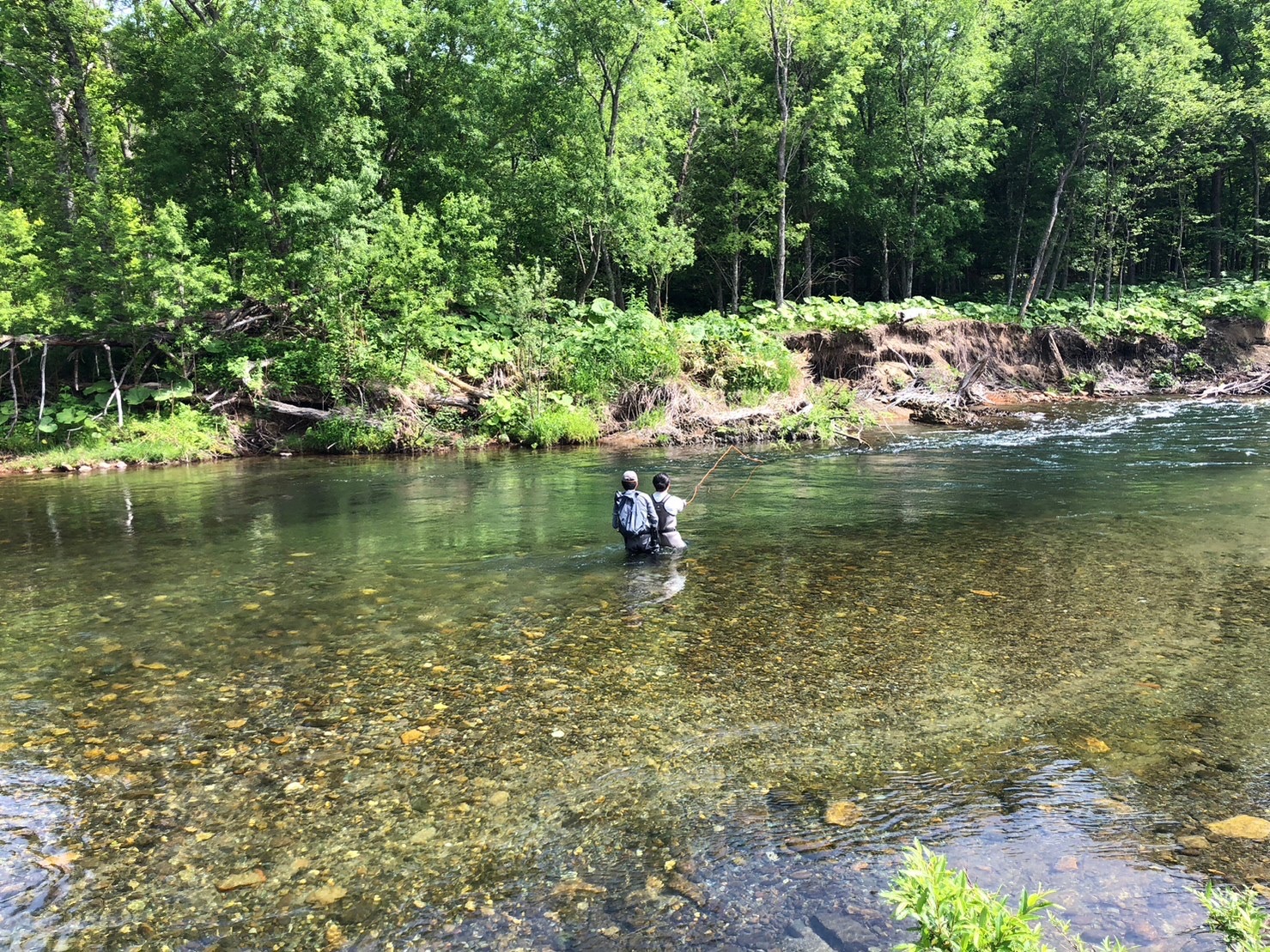
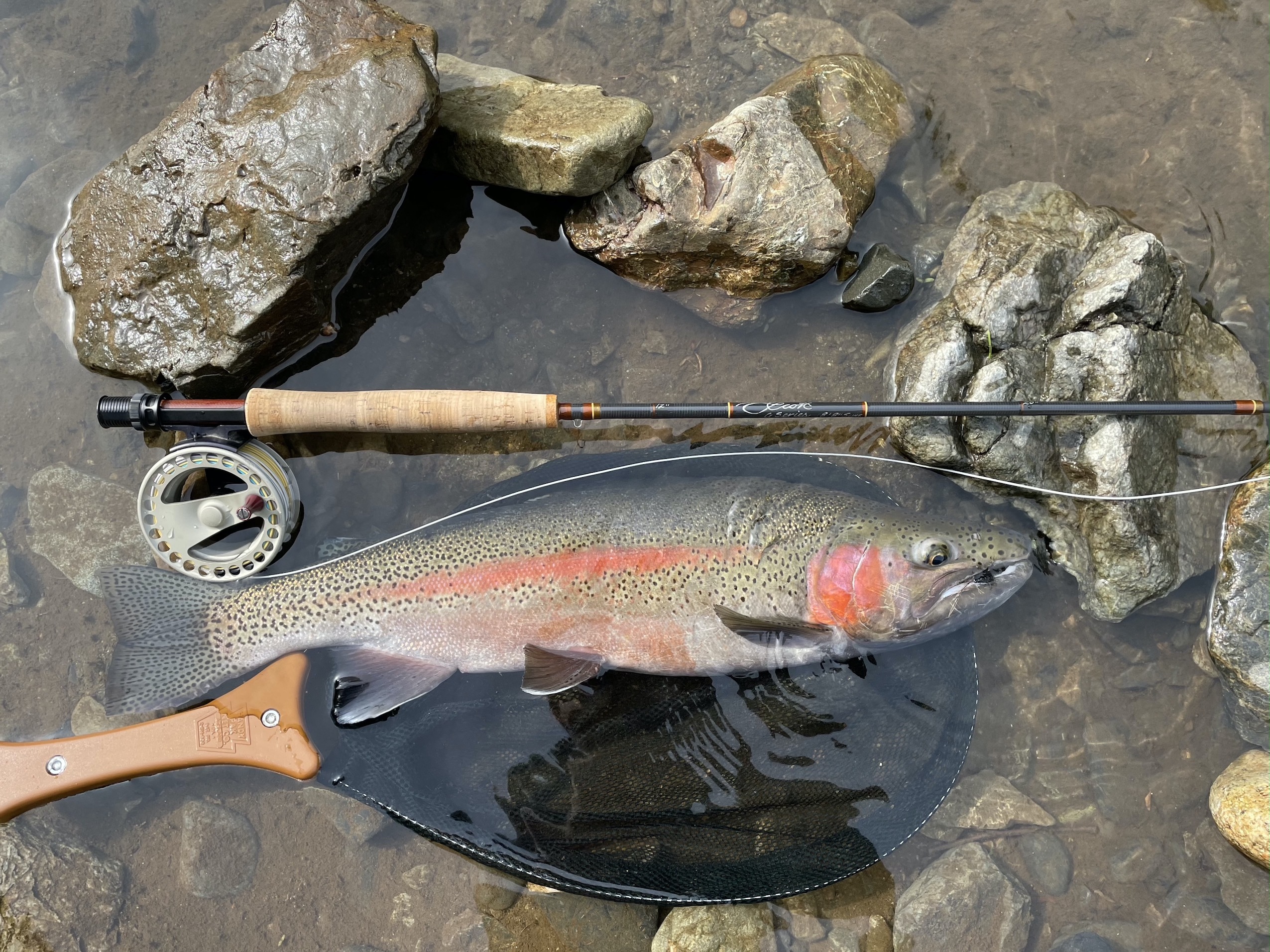
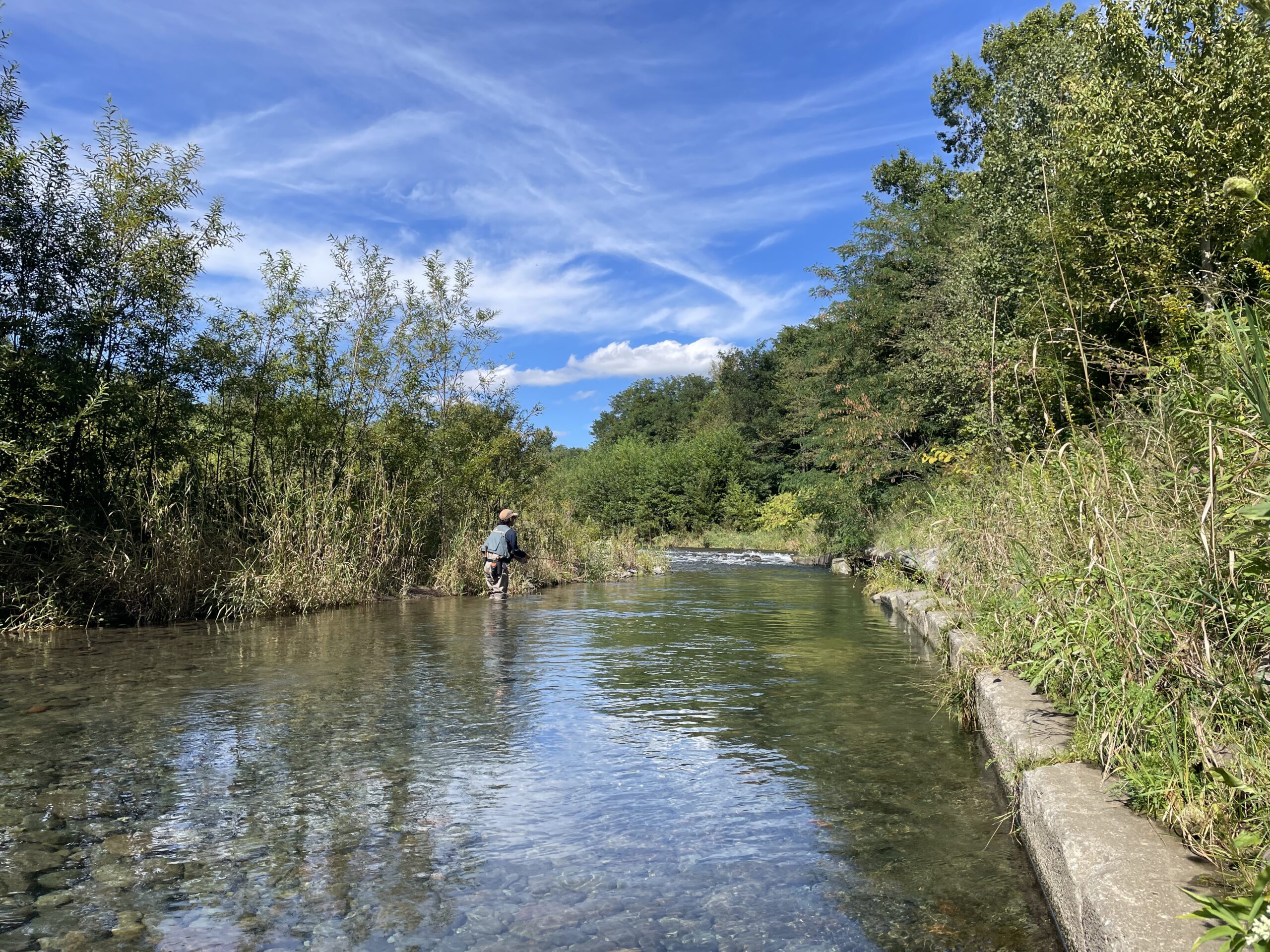
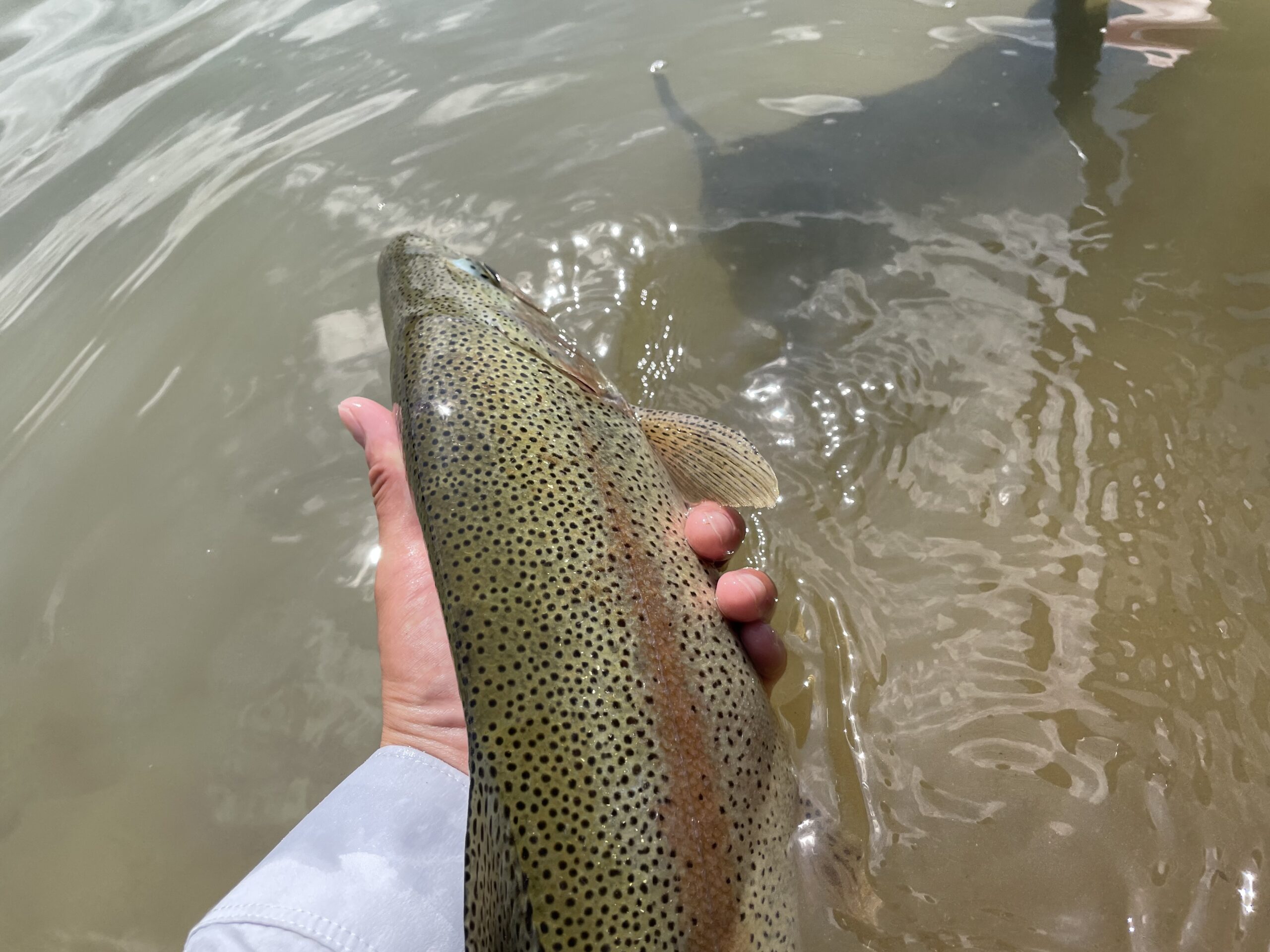
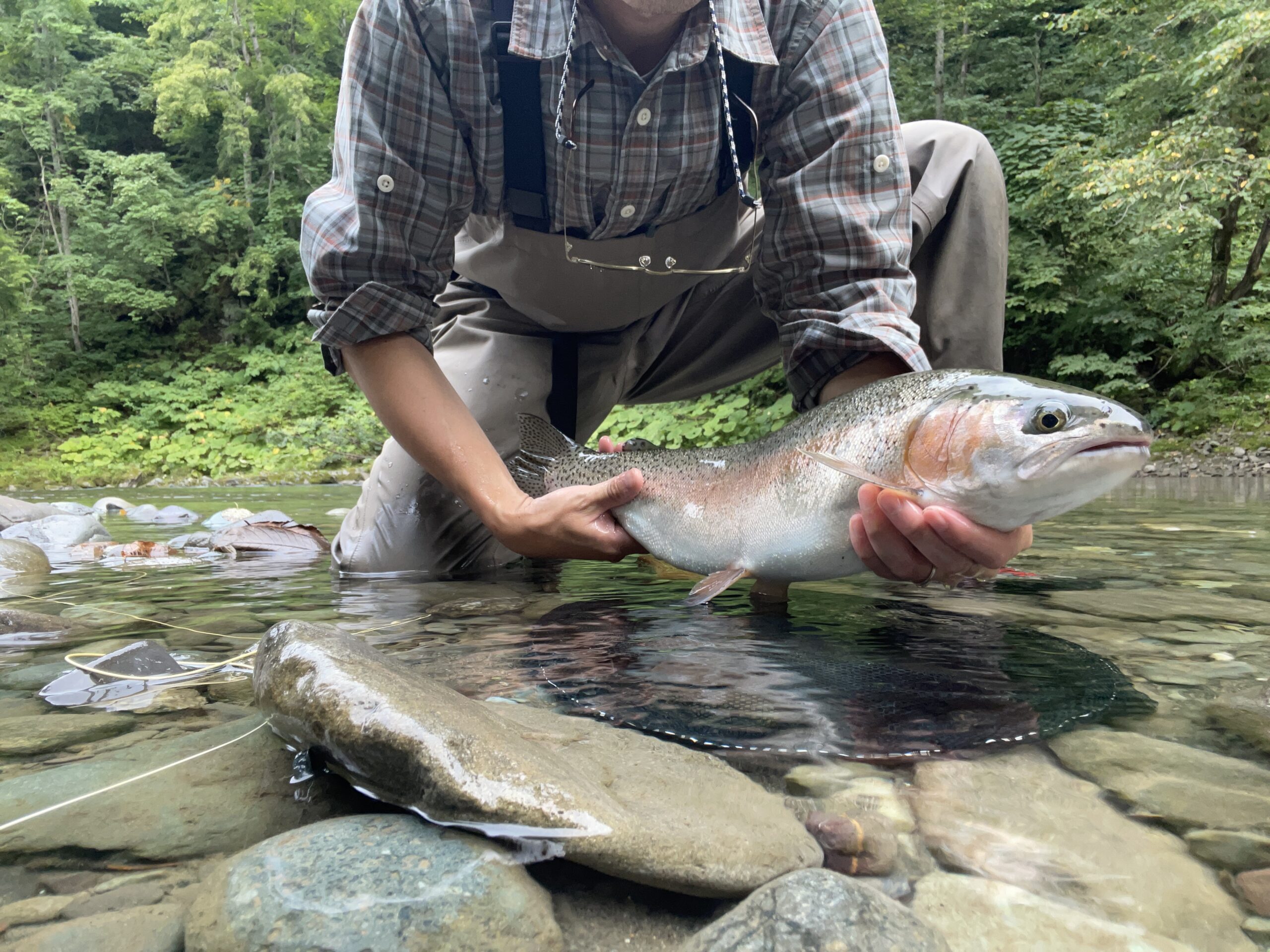
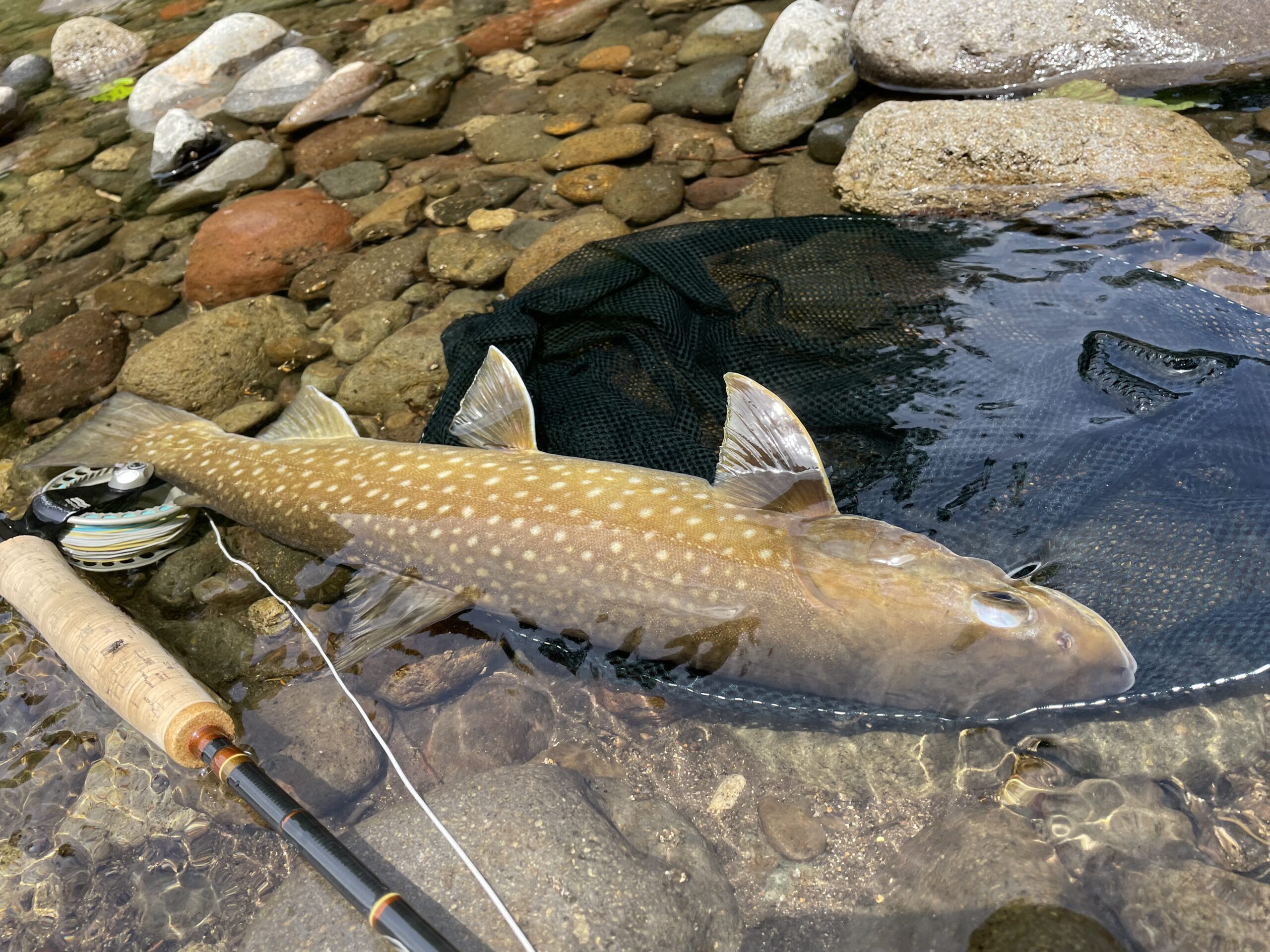
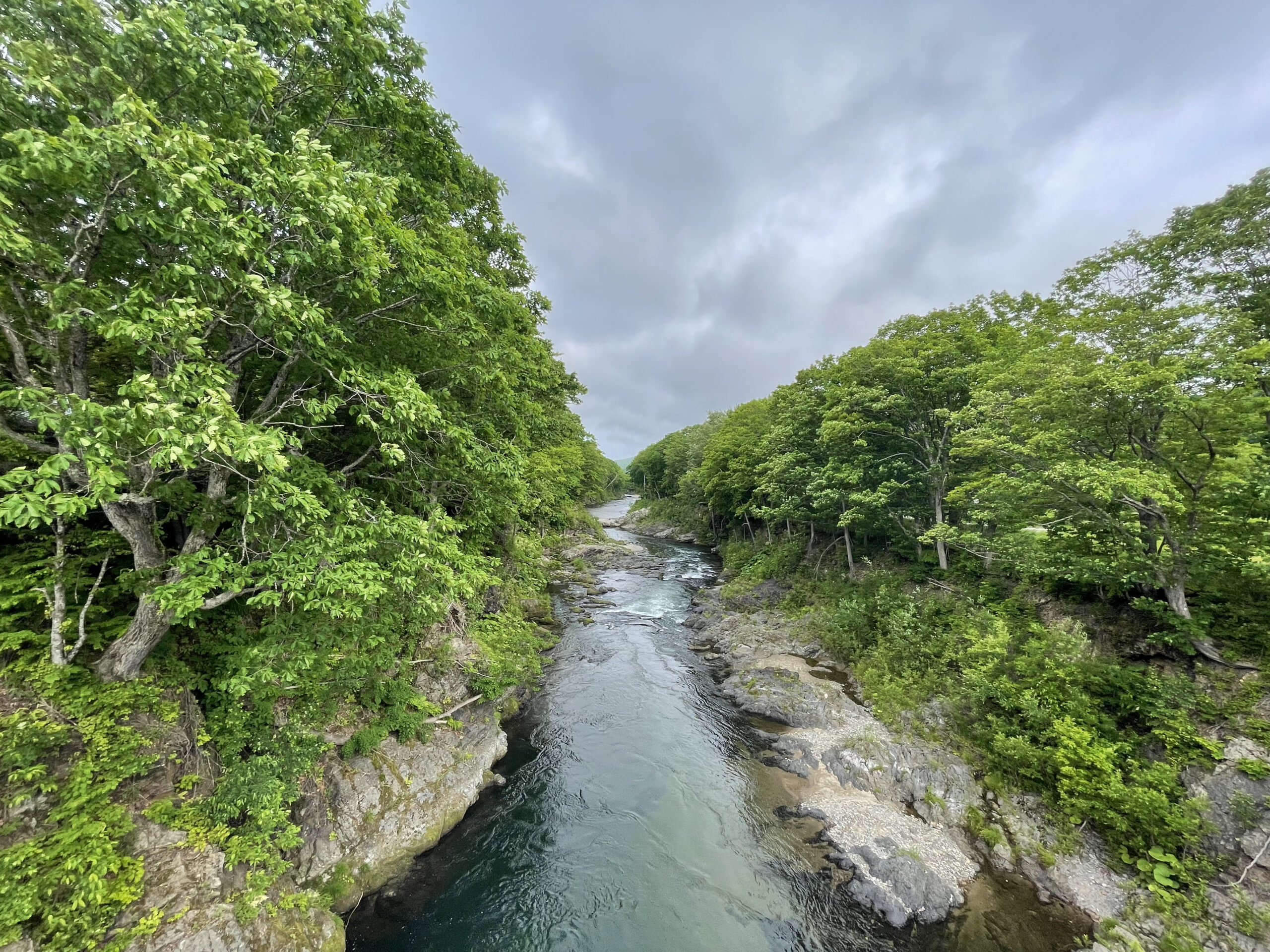
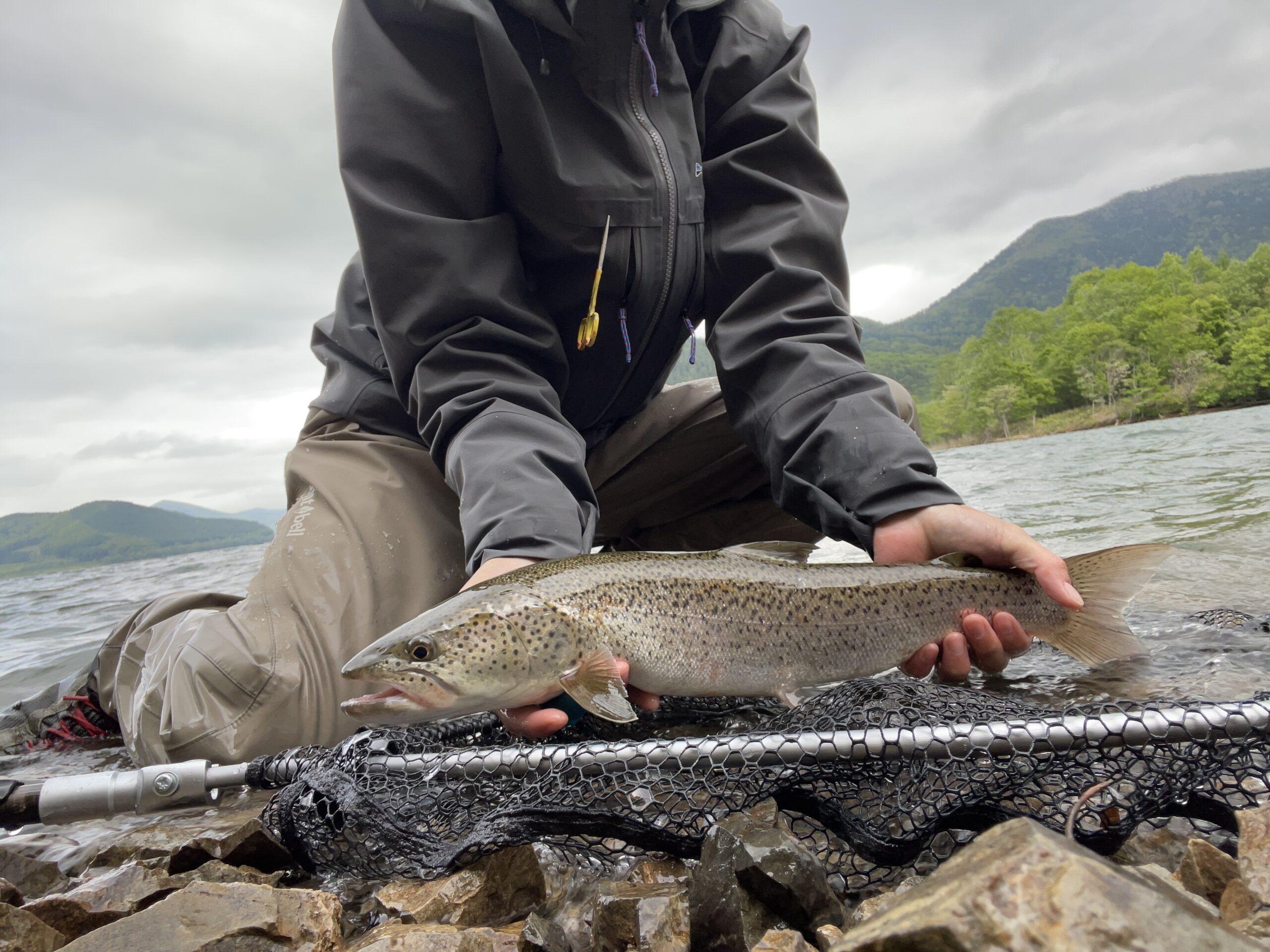
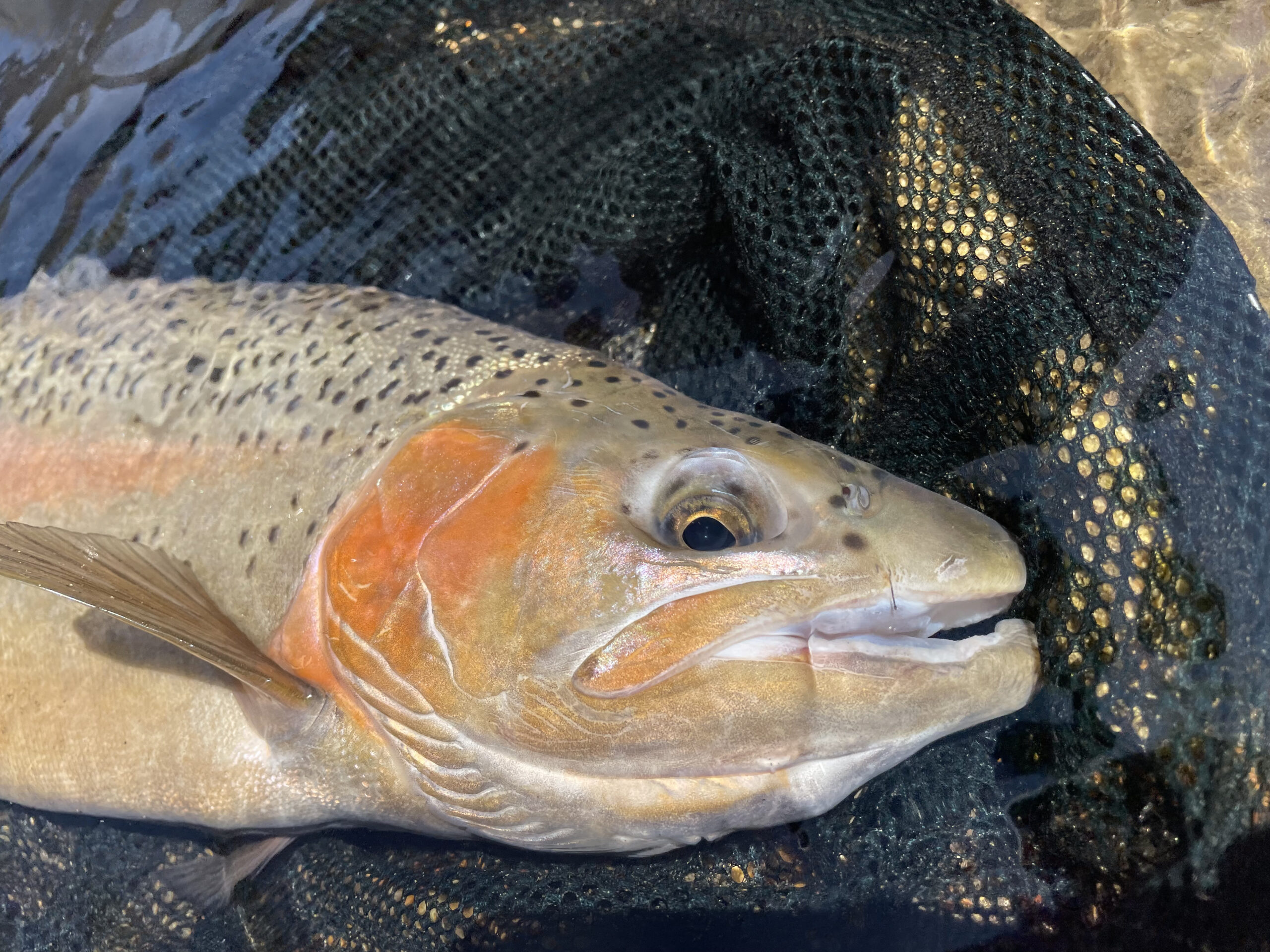
Guide Details
ガイド内容
・プライベートガイド
・ランチ&ドリンク付き
ガイドエリア
南富良野町を中心とした50km圏内
ガイド料金
8Hour:
1Person 42,000yen~
2Person 36,000yen~
3Person 29,000yen~
3Hour:
1Person 22,000yen~
2Person 19,000yen~
3Person 15,000yen~
※季節やガイド内容により変動します。
Spring-Summer
2025/4-2025/11
HOKKAIDO FLY FISHING SEASON
| Jan | Feb | Mar | Apr | May | Jun | Jul | Aug | Sep | Oct | Nov | Dec | |
|---|---|---|---|---|---|---|---|---|---|---|---|---|
| White-spotted char | △ | ◎ | ◎ | ◎ | ○ | △ | △ | ○ | ○ | |||
| Sakhalin taimen (ITO) | ○ | ◎ | ○ | ○ | ○ | ○ | ||||||
| Rainbow trout | △ | ○ | ◎ | ◎ | ○ | ◎ | ◎ | ○ | △ | |||
| Dolly varden | ◎ | ◎ | ◎ | ◎ | ◎ | |||||||
| Brook trout | ◎ | ◎ | ◎ | ◎ | ◎ | |||||||
| Cherry salmon | ○ | ○ | ○ |
In Minami-Furano, the "Minami-Furano Town Ito (Salvelinus) Protection and Management Agreement" has been established as a measure to protect the Ito, a symbol of the area's diverse natural environment. The Ito, which has been preserved by researchers, the local volunteer organization "Ito no Kai" (The Ito Association), and the community, will continue to bring joy to anglers. We kindly ask for your understanding and cooperation regarding proper catch-and-release practices, as well as restrictions on fishing in protected areas and during designated protection periods.
WHITE-SPOTTED CHAR
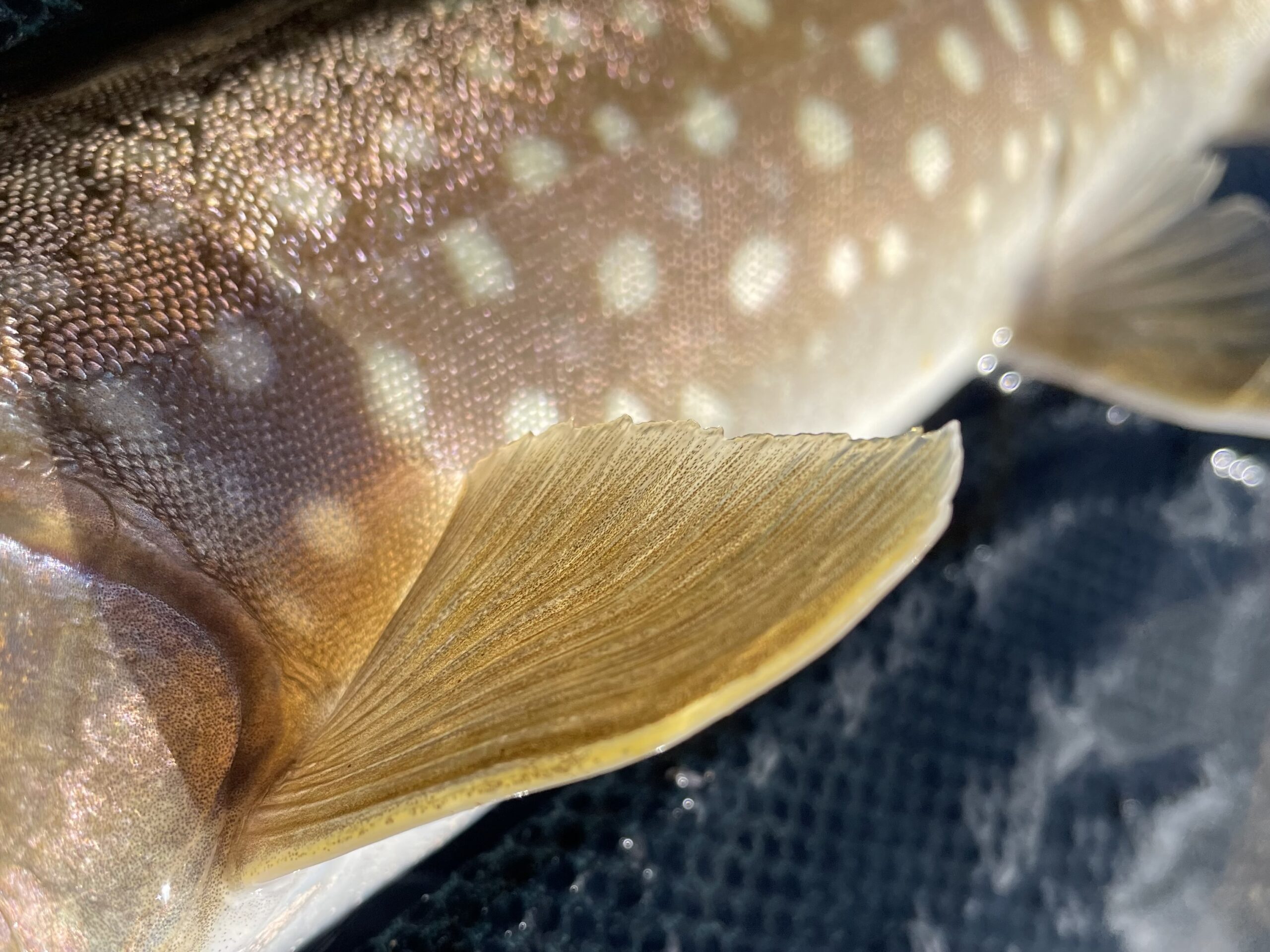
After the Golden Week holidays in May have passed, In the clear waters surrounded by fresh greenery, powerful Amemasu (char) swim, having become surprisingly strong after feeding on emerging aquatic insects. I have fished in various places throughout Hokkaido, but I’ve never found an environment as pristine as this. From the upstream areas to the dam lake, the wilderness nature continues, and the forests and streams are kept in excellent condition. While waiting for rises in the calm, flat waters, the sections meandering through dense forests offer exciting dry fly fishing... Enjoy fly fishing in Hokkaido in an incredibly stunning, wildlife-filled location.
Amemasu is a representative fish of Hokkaido. These are large salmonid species. During our guided tours, we will introduce you to Amemasu (char) that have undergone a pseudo-migration to the dam lake, reaching an average size of 50 cm, as well as small spotted Iwana (landlocked char) that remain in the river. If you underestimate them, they might quickly reject the fly, sometimes surprising anglers who came with an image of casual fishing. In the evening, they move to the gentle banks near the shore, slowly starting to feed on emerging caddis flies. However, if you don’t understand the hatch and rise forms, it may be difficult. We know how to successfully follow the Amemasu migration train, which stores energy for autumn spawning and moves daily. We have been consistently observing and tracking them from April to December.
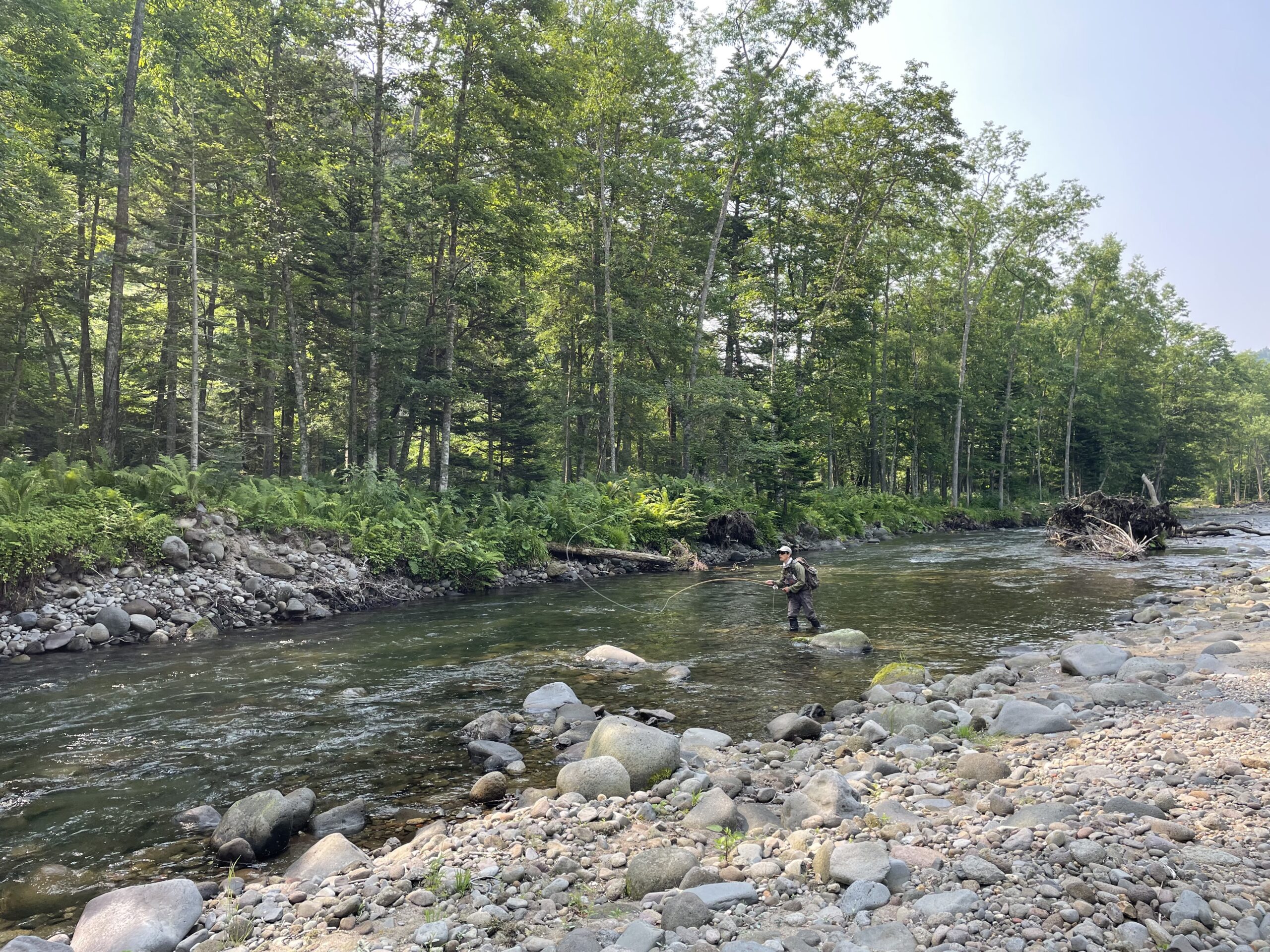
SAKHALIN TAIMEN (ITO)
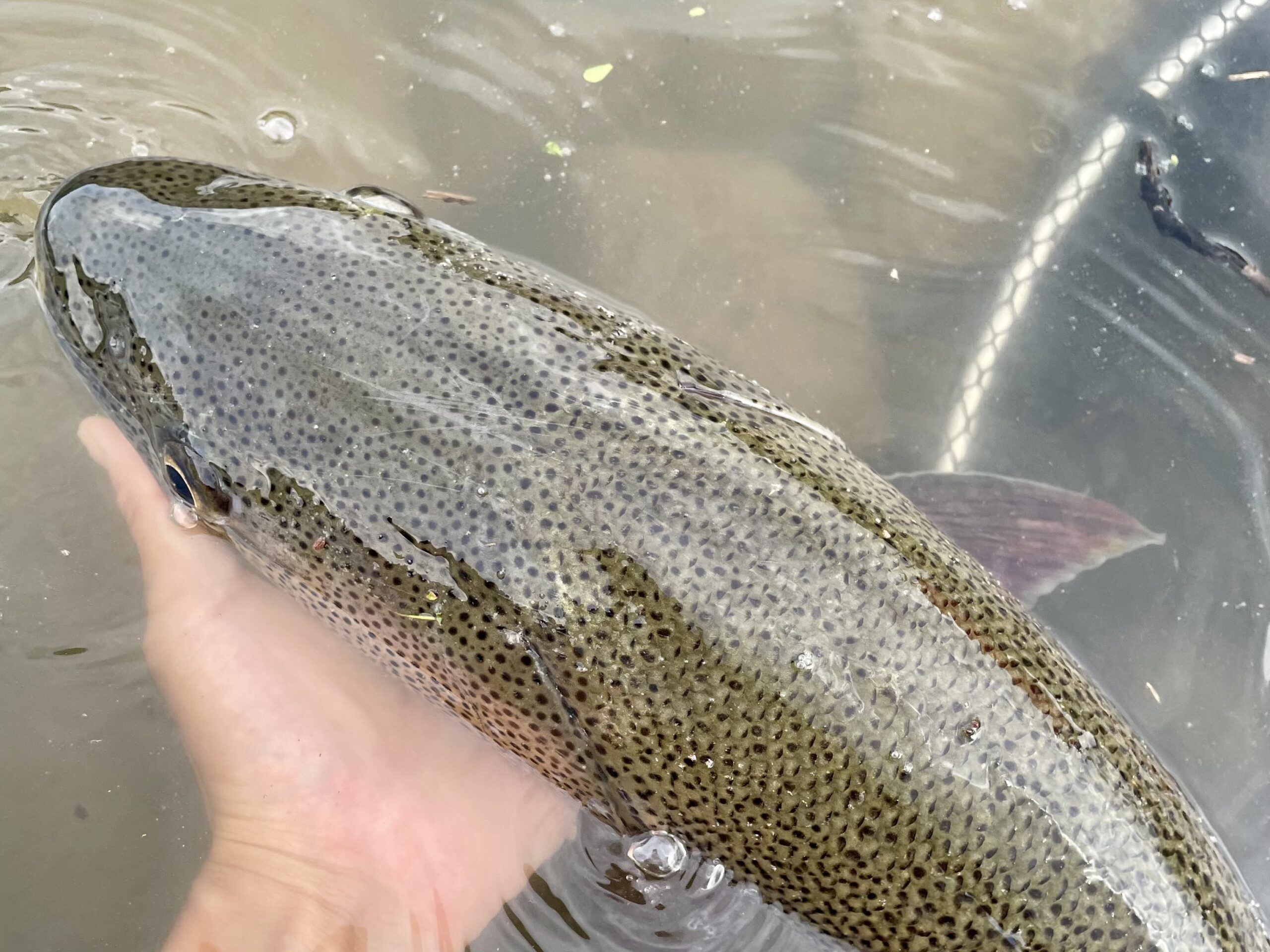
Spring and autumn are the seasons for the Ito (Salvelinus). The 2023 and 2024 seasons were fully dedicated to the Ito (Salvelinus). After the 2016 flood, we focused on checking the recovery of the Ito in the dam lake, studying the topography, water temperature, and spawning locations of the bait, as well as conducting interviews with local researchers and collaborating on surveys. No matter how much time we had, it was never enough. However, as a result, we were able to fully appreciate the potential of the guide field with exceptional size and population. In spring, it’s possible to target Ito feeding along the shore through sight fishing, allowing for an incredibly exciting day.
The fly is a streamer designed to resemble smelt or gudgeon.
Please bring a keel-type streamer, which is less prone to snagging and works best. For the fly rod, an 8-weight single-hand rod or a 6-weight switch rod is ideal, with a sink rate for the line of around floating to type 2. We will guide you to areas that are difficult to access and cannot be reached by wading. Casting from a boat requires little long casting, so even beginners can easily cast without any issues.
To ensure the sustainable value of the rare Ito (salvelinus), it is essential for the local area to benefit financially, creating a profitable system for the protection of the Ito. As a guide, I am well-versed in how to handle, fish for, and release the Ito, helping to ensure its conservation.

RAINBOW TROUT
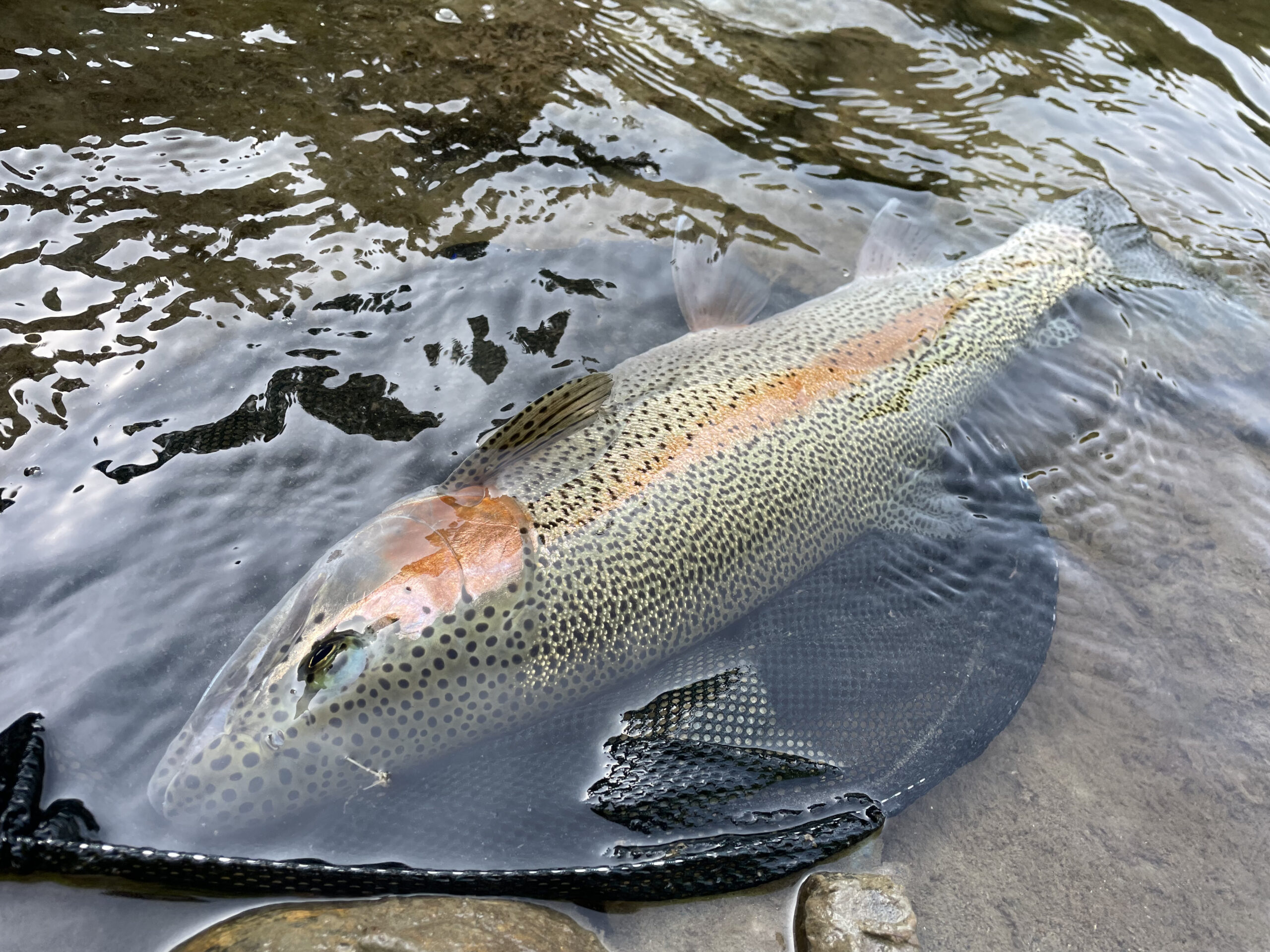
From big dries to delicate rises Rainbow trout fishing begins in areas less affected by the spring melt and rising water levels in April, starting with nymph fishing. We send weighted nymphs deep into the points, targeting larger fish. Sometimes, we use an indicator with a double nymph setup... The guide will set up the rig, allowing guests to focus solely on fishing. By late May, when the rising water levels settle, the long-awaited dry fly season begins. It progresses non-stop from the hatches of various aquatic insects to the loud chorus of the Ezo-haruzemi (a type of cicada), and before you know it, it's time for terrestrials. I've witnessed rainbow trout go wild over the Haruzemi, insects they previously ignored, time and time again. There's no such thing as a bad day, which is why it can be a difficult choice deciding where to go.
After the frenzy of June
From July to August, as the water temperature rises, even the rainbow trout seem to calm down for a while. The clever, large ones begin to hide in deeper waters. However, rises still occur, and as long as there are rises, dry fly fishing remains possible, which is what makes it so interesting. There is happiness for those who observe and wait.
With the season now at its midpoint, September and October arrive. In autumn, insects that drive the fish wild return. The second hatch of mayflies and the great stink bugs make their appearance. The supporting cast includes froghoppers and small terrestrials. The air turns cool and crisp, and the days shorten to a lonely extent. It’s the season when anglers who truly know the joy of fly fishing sneak in for their quiet escape.


